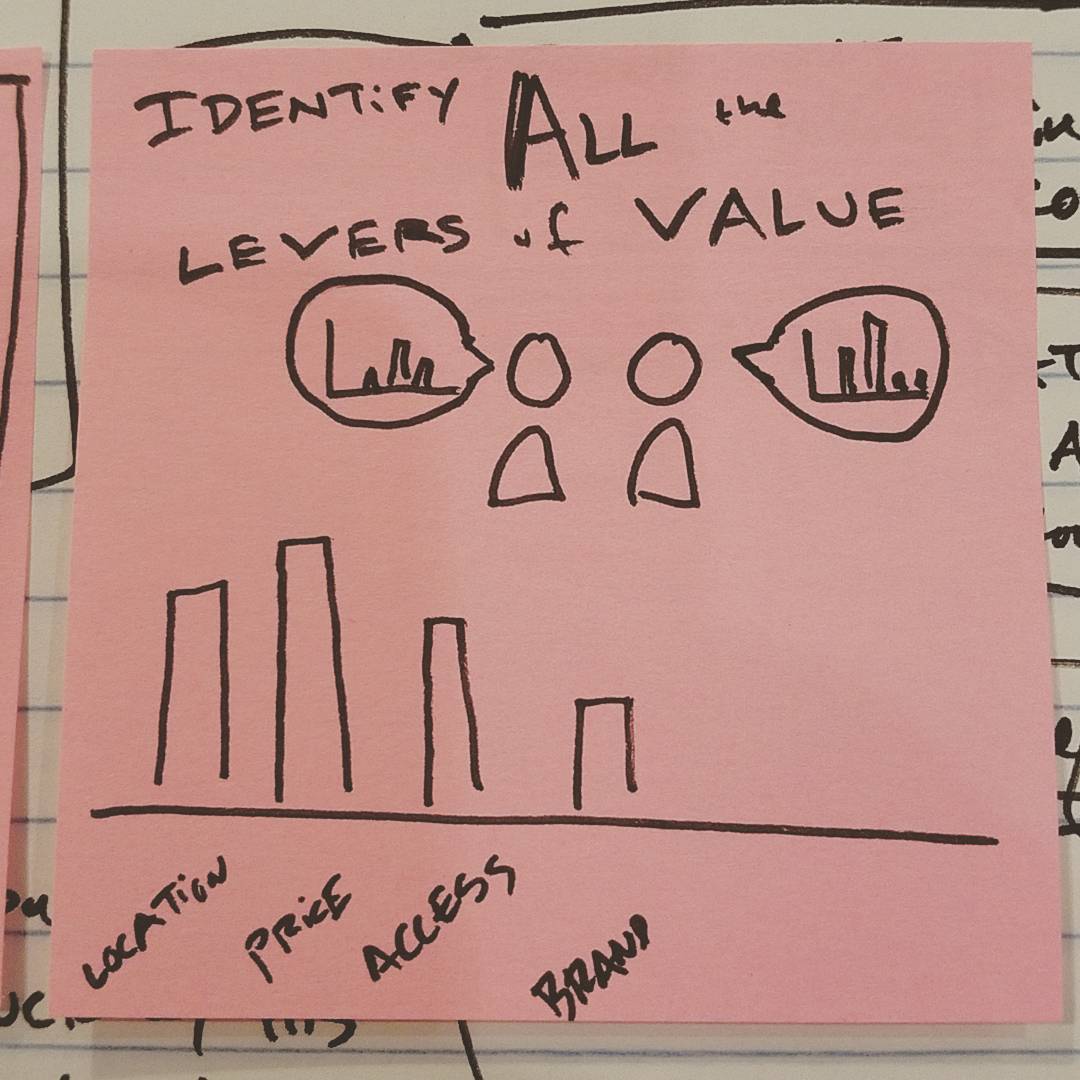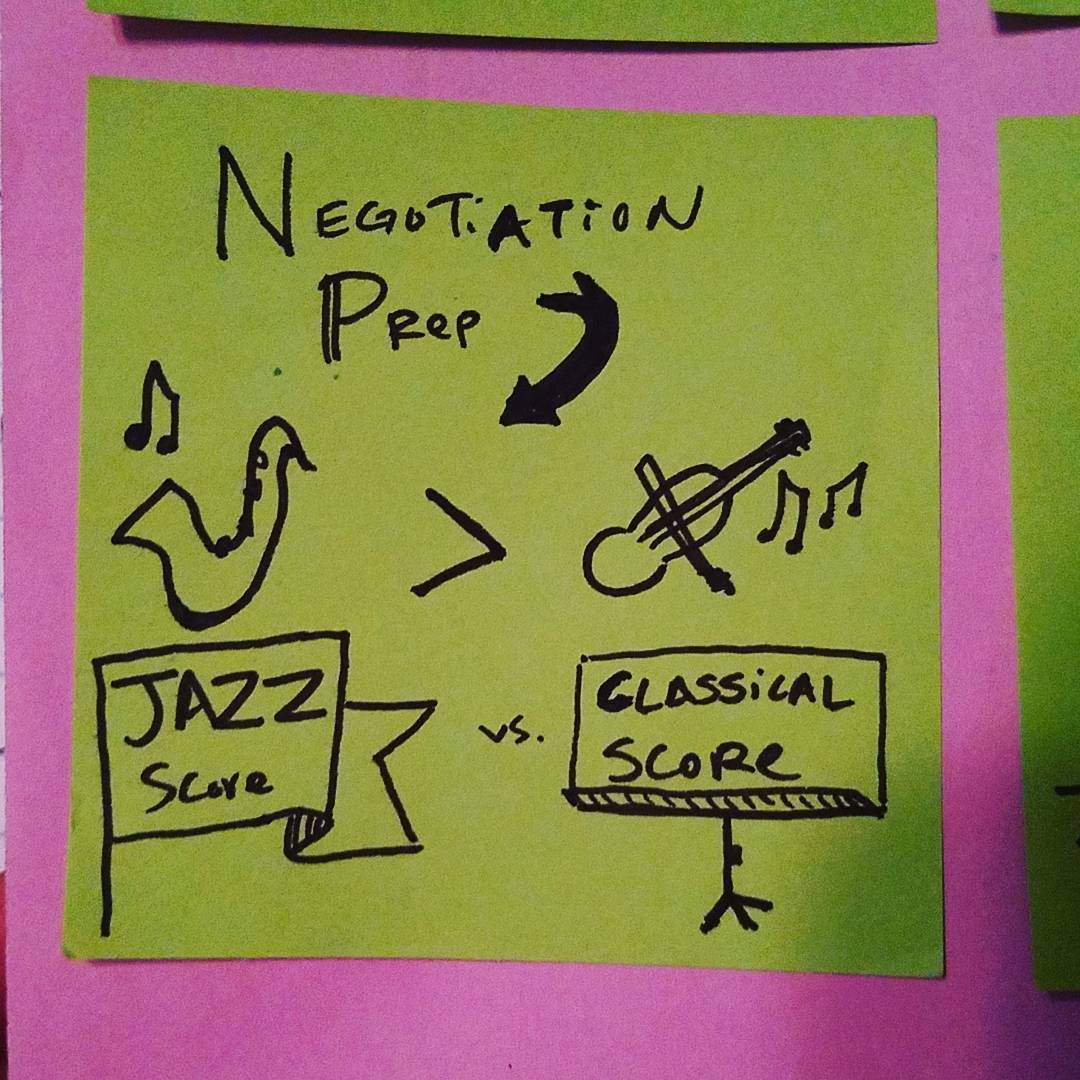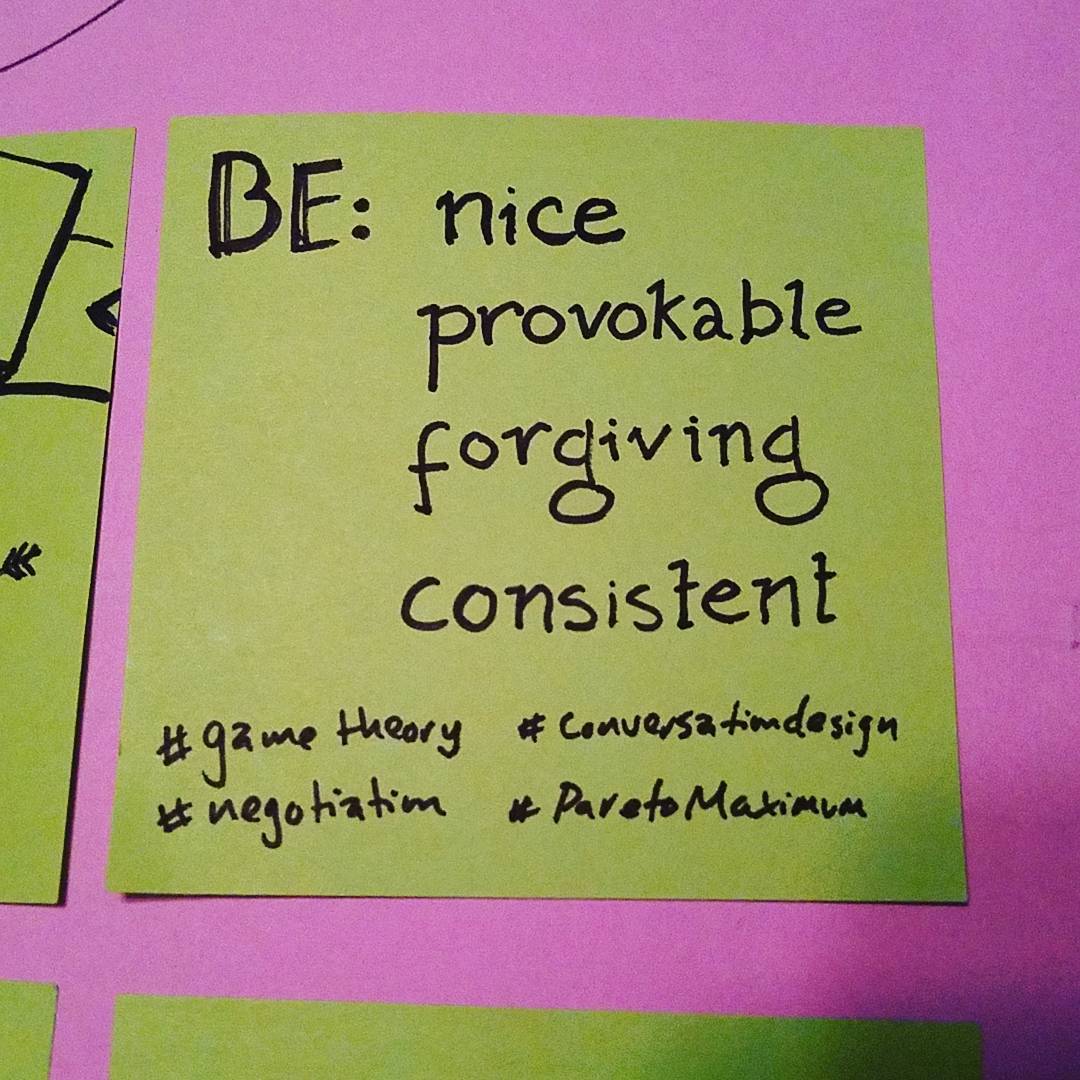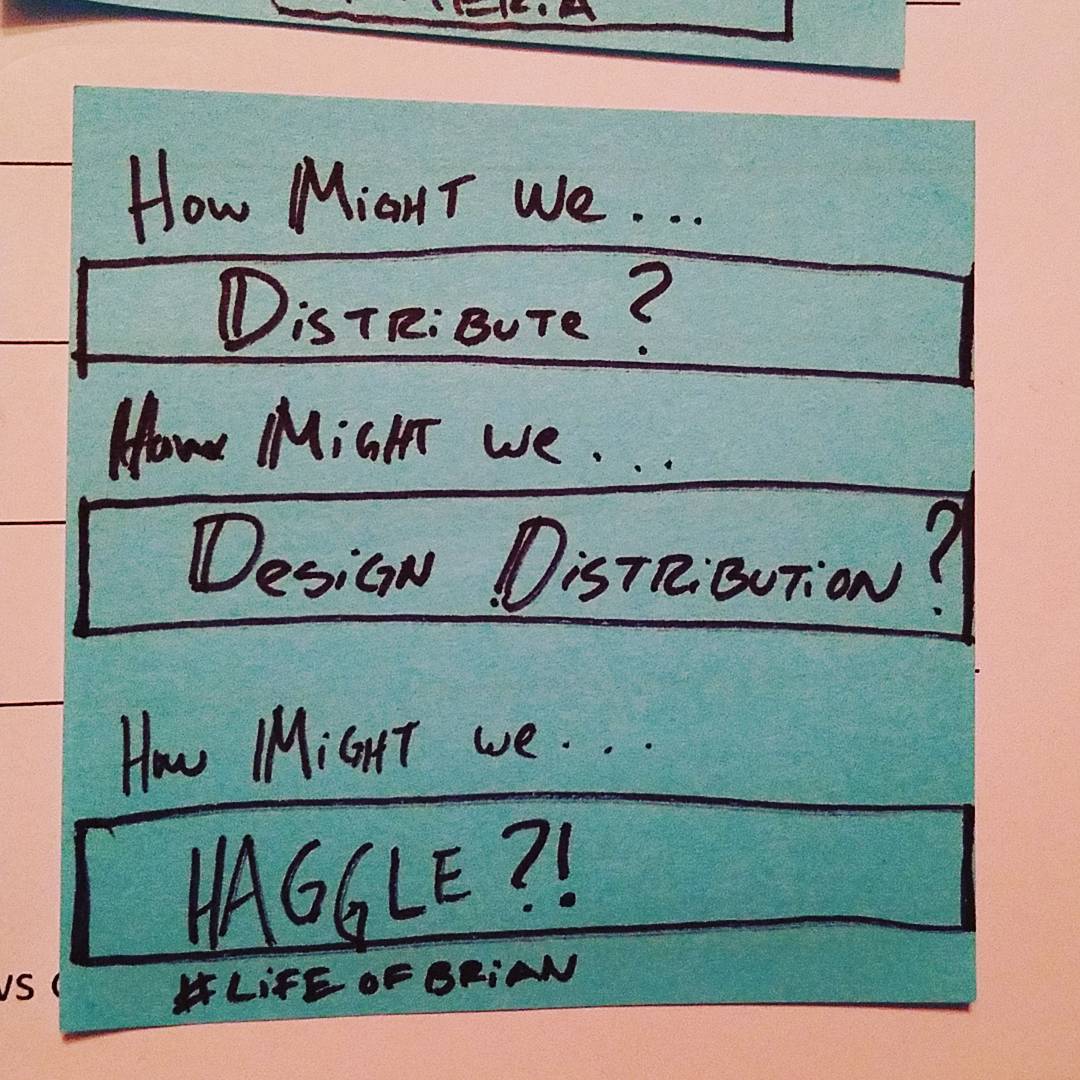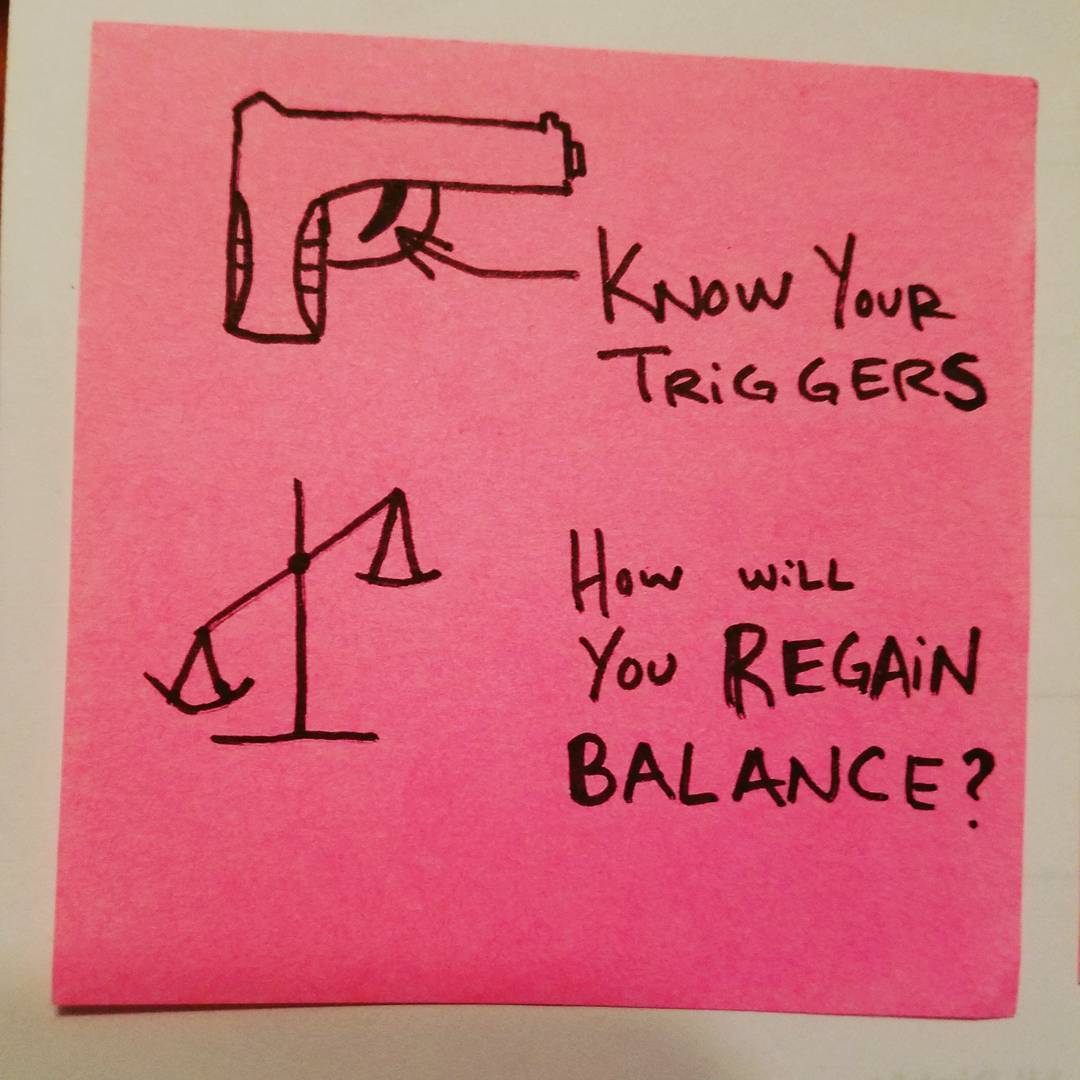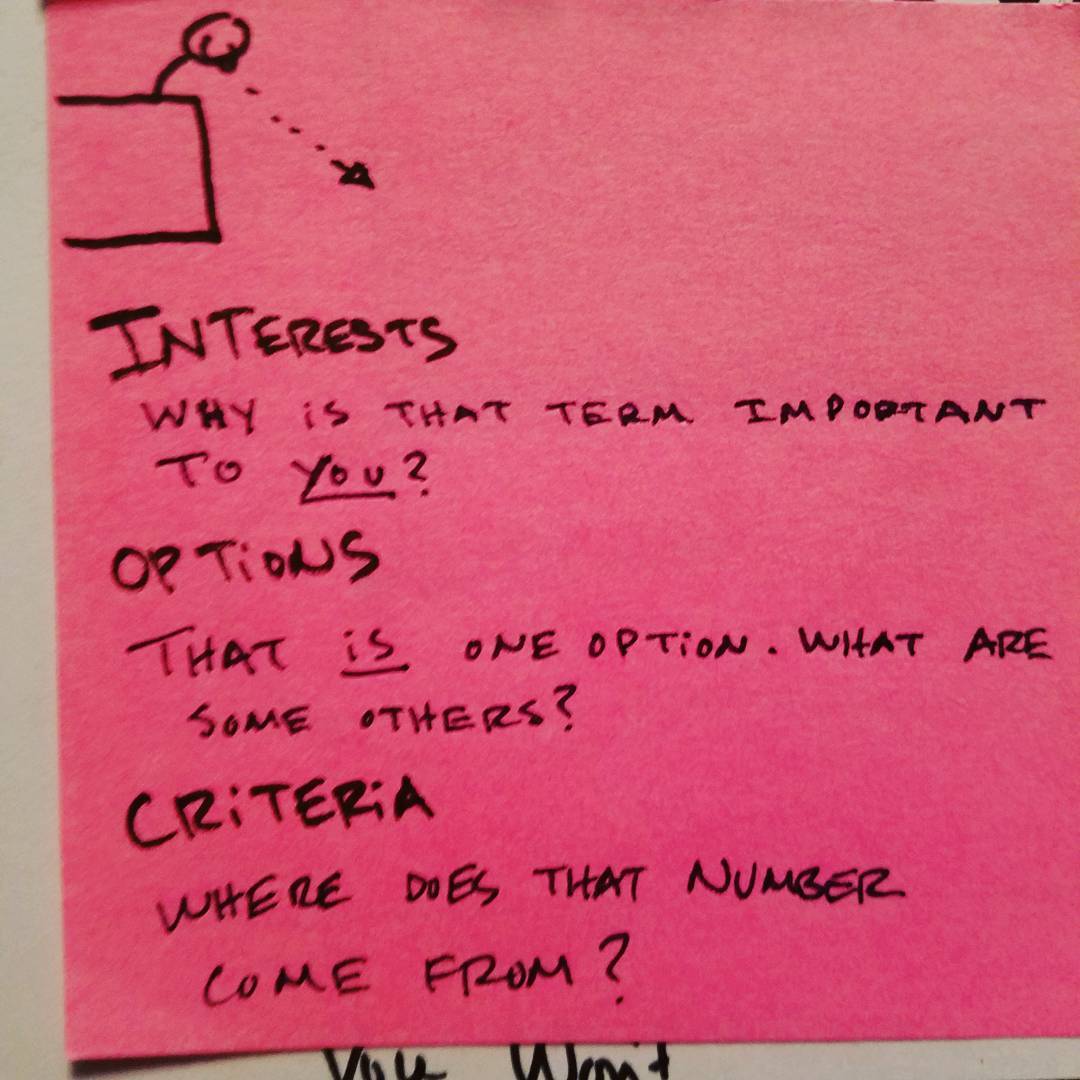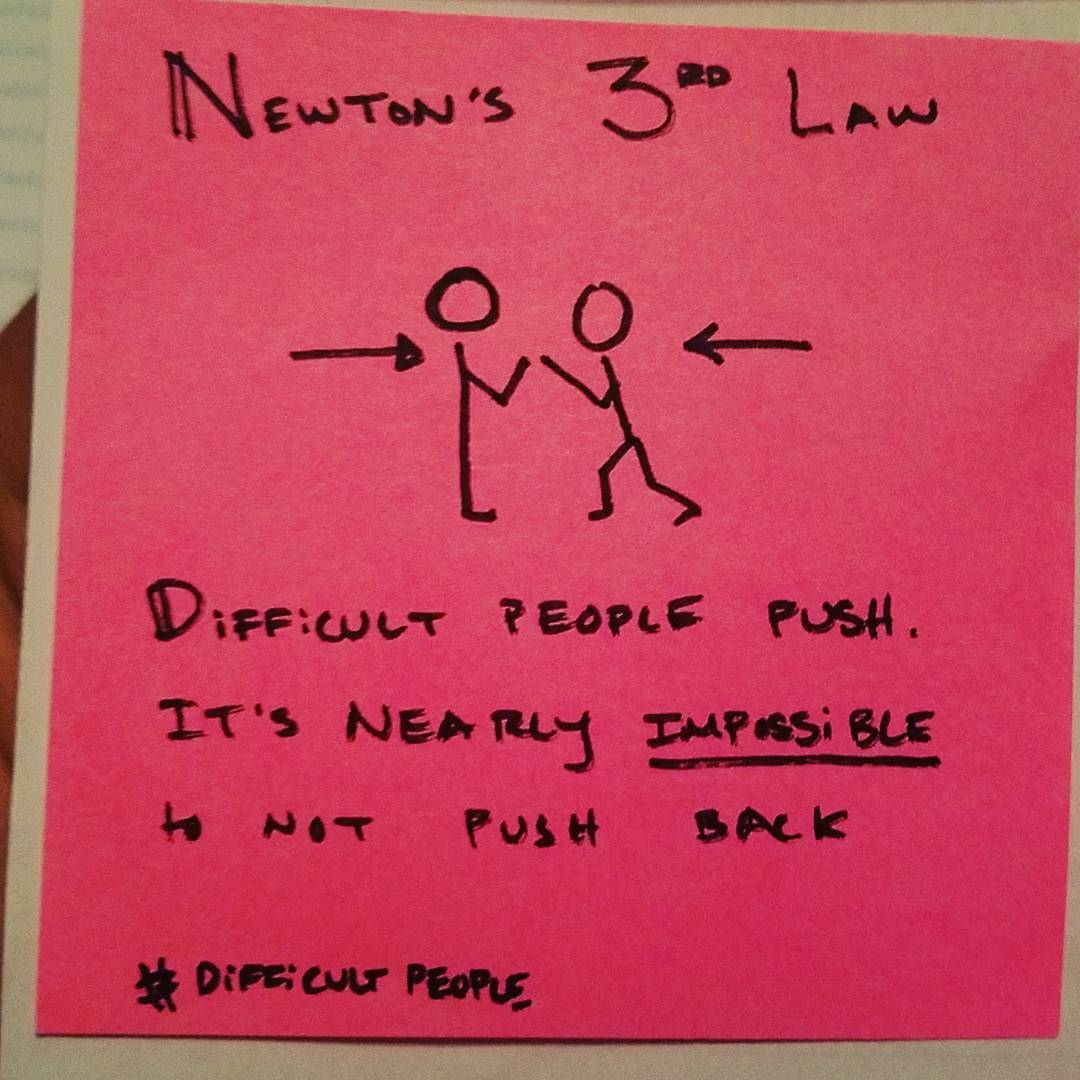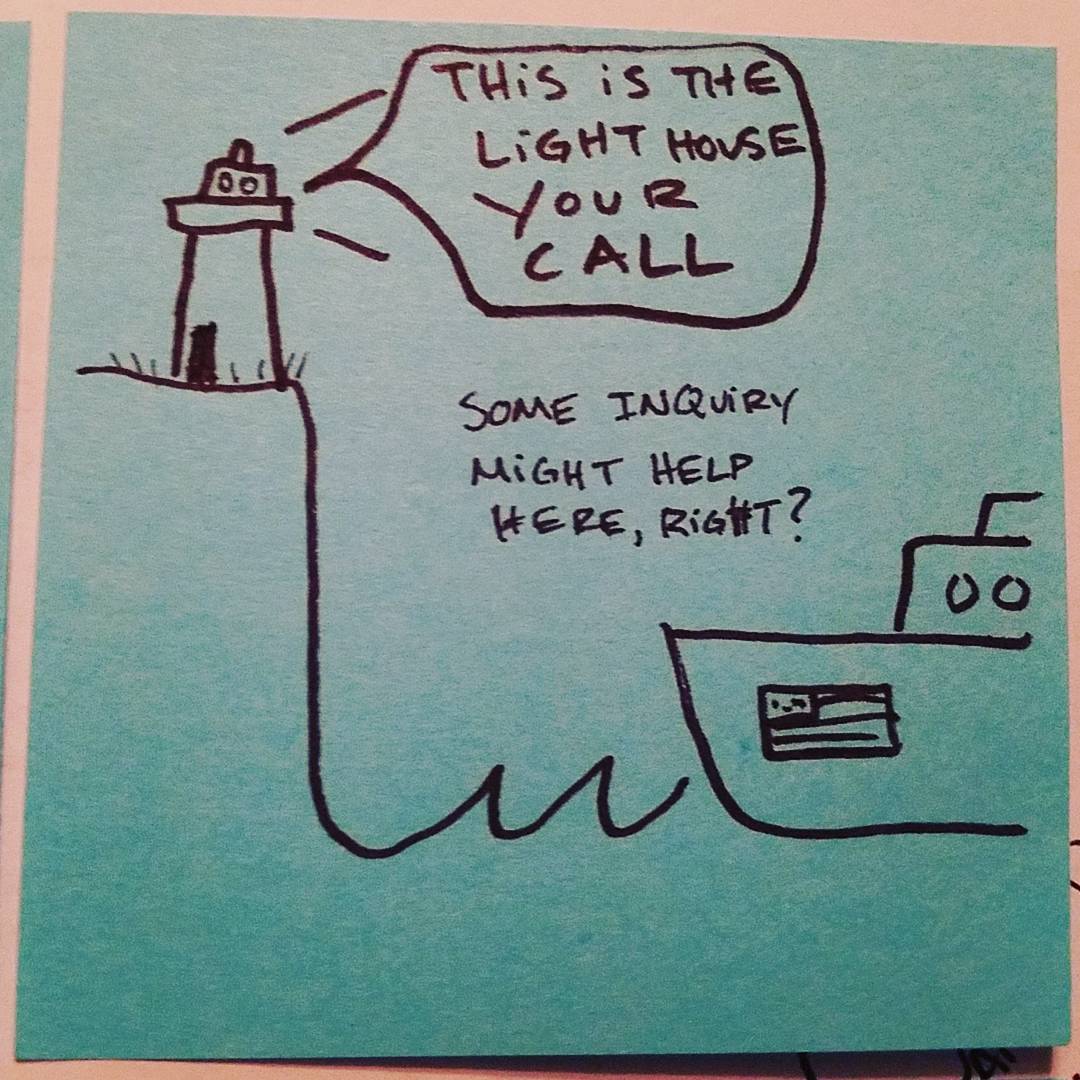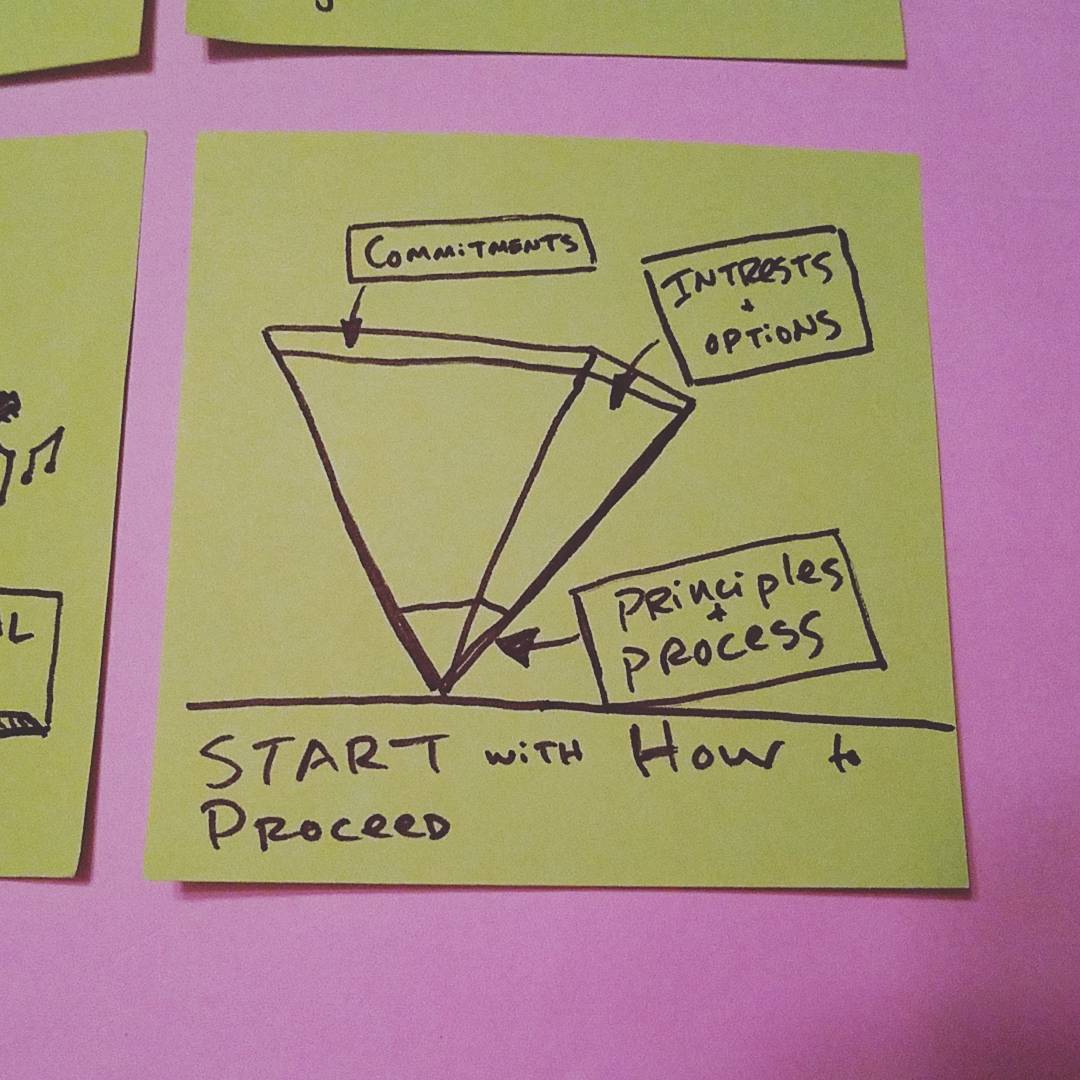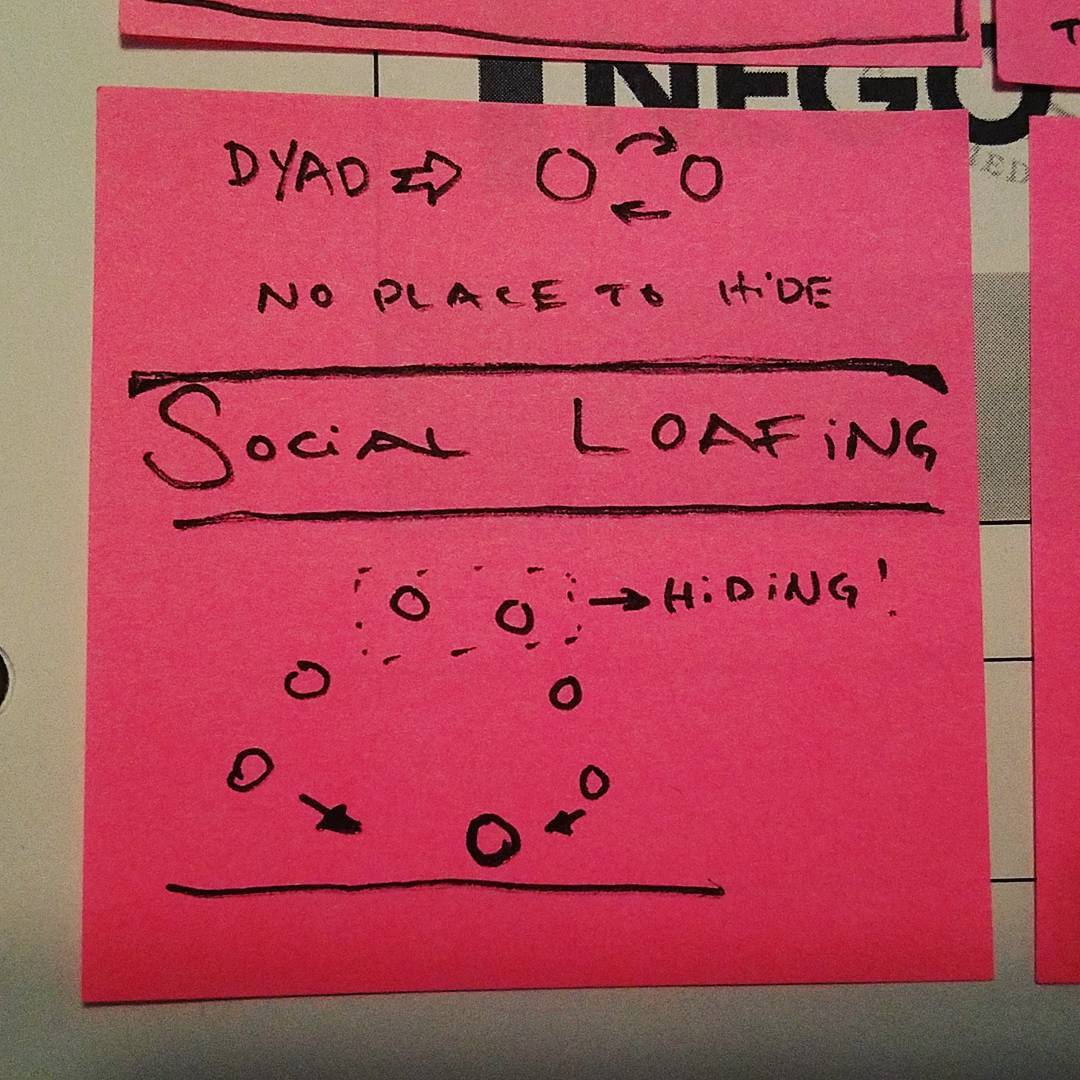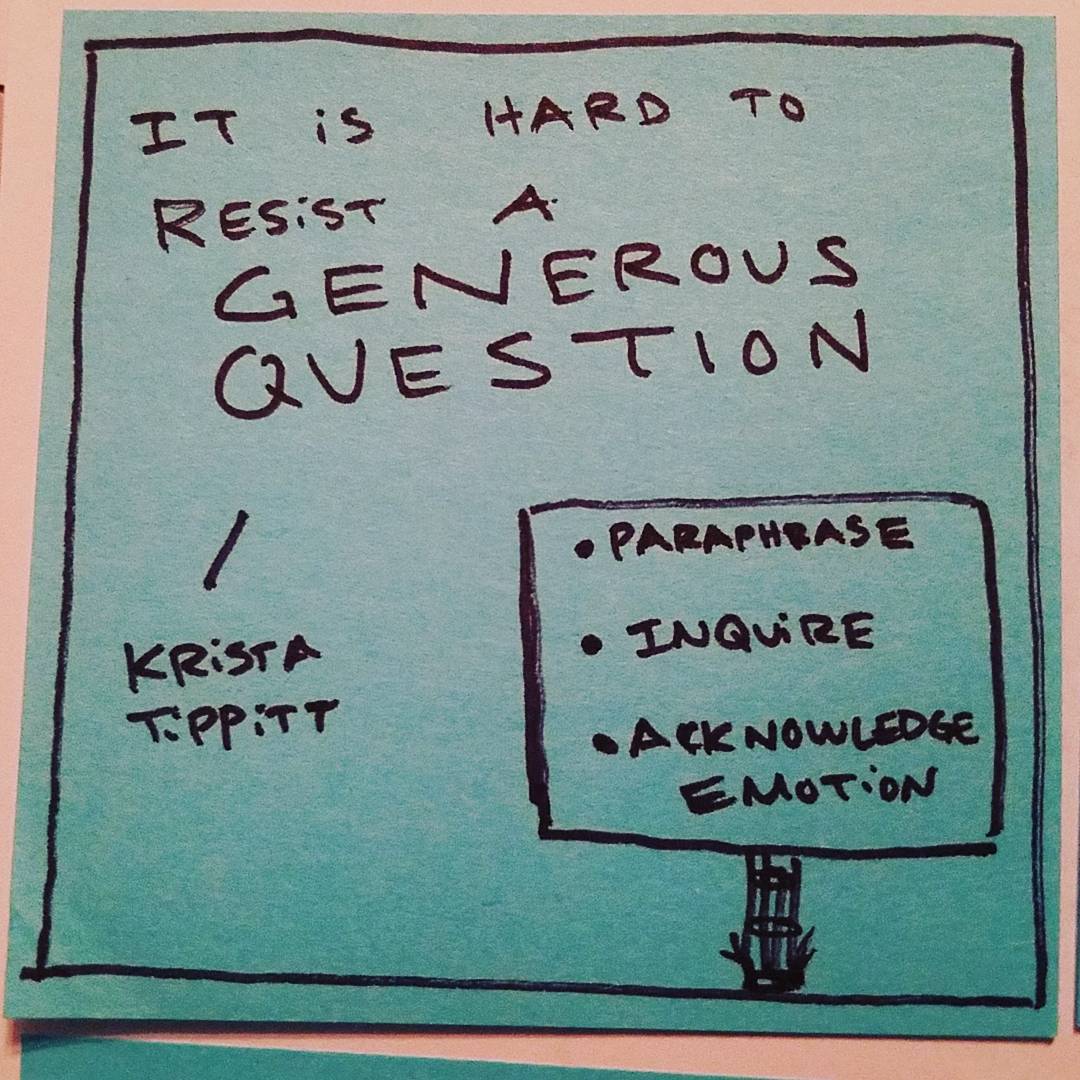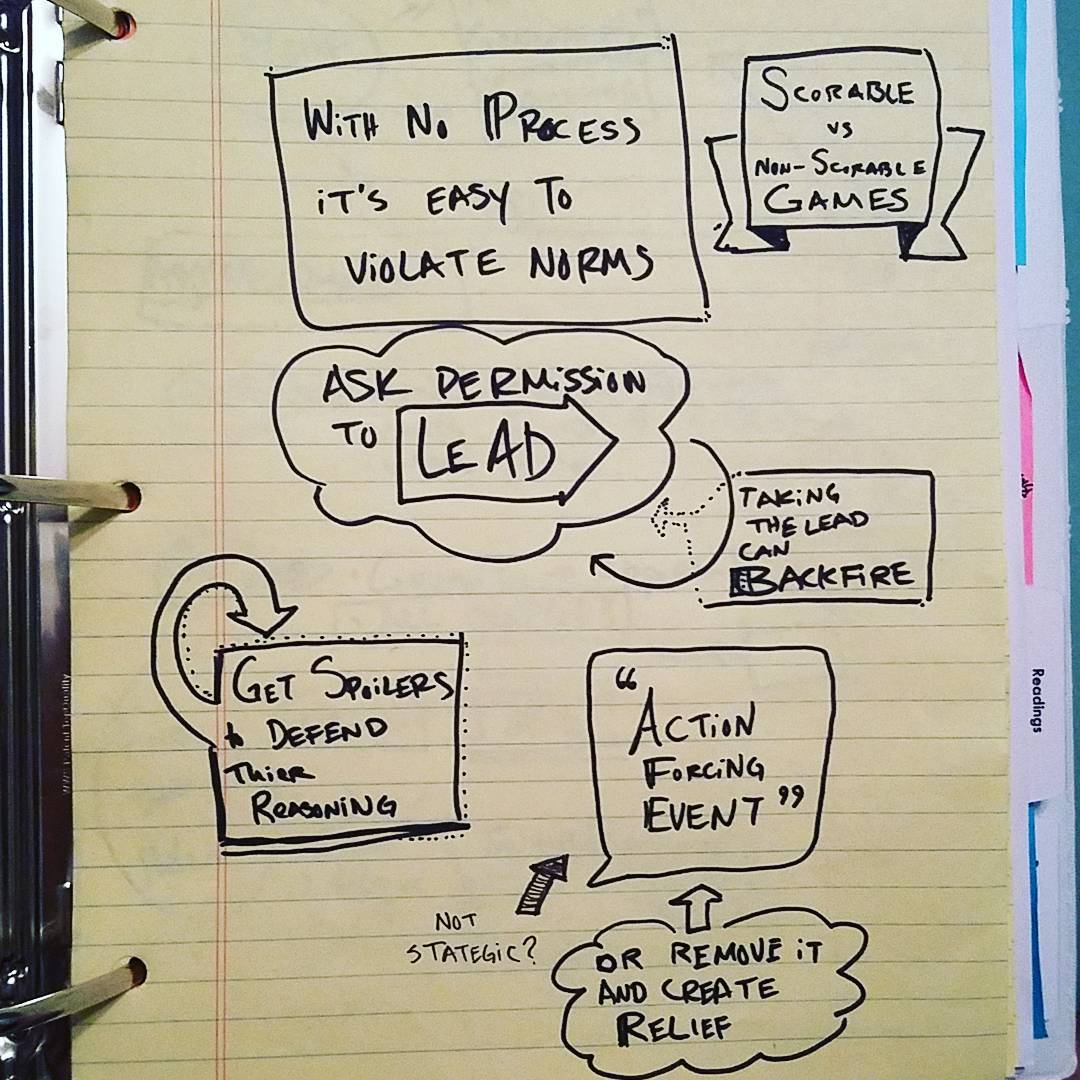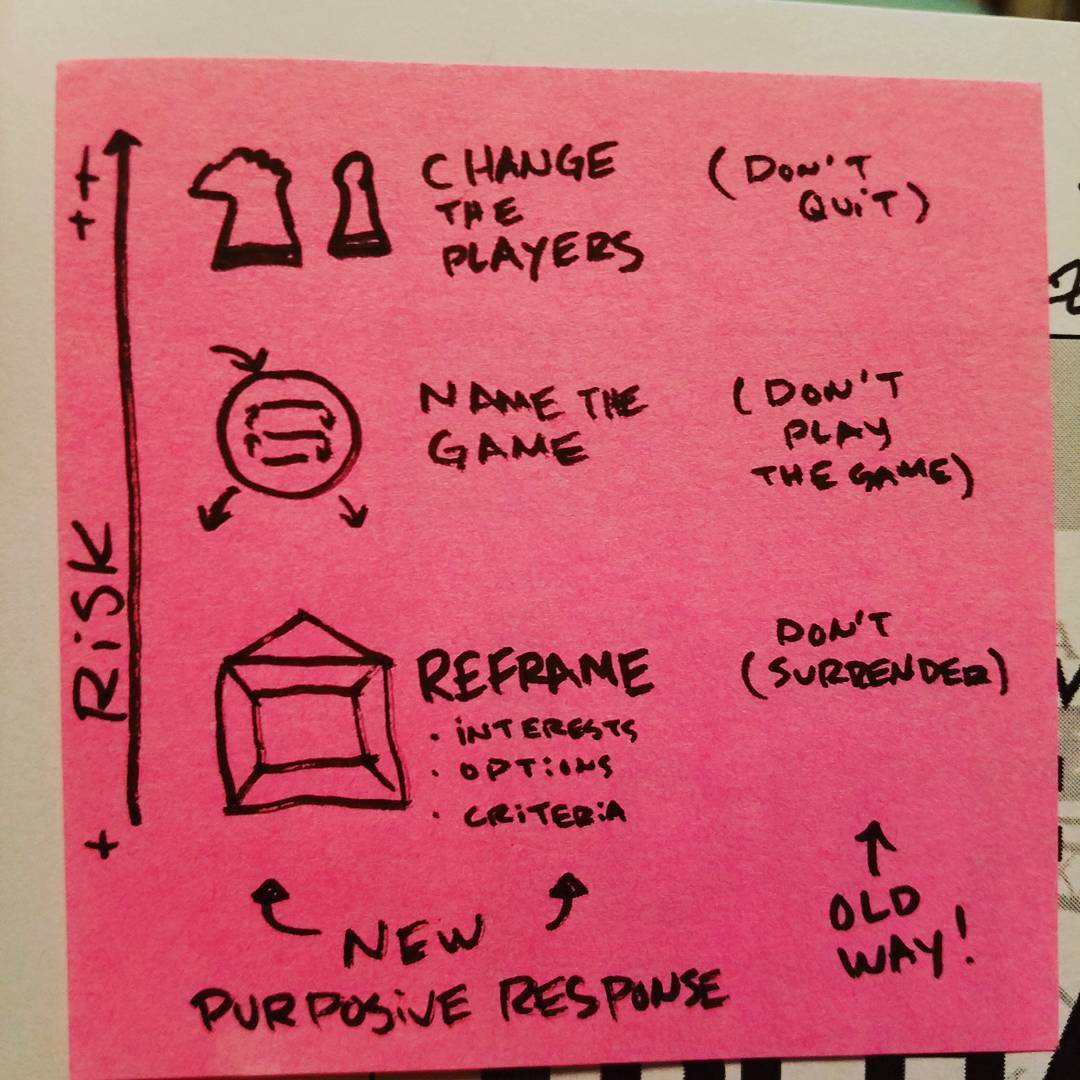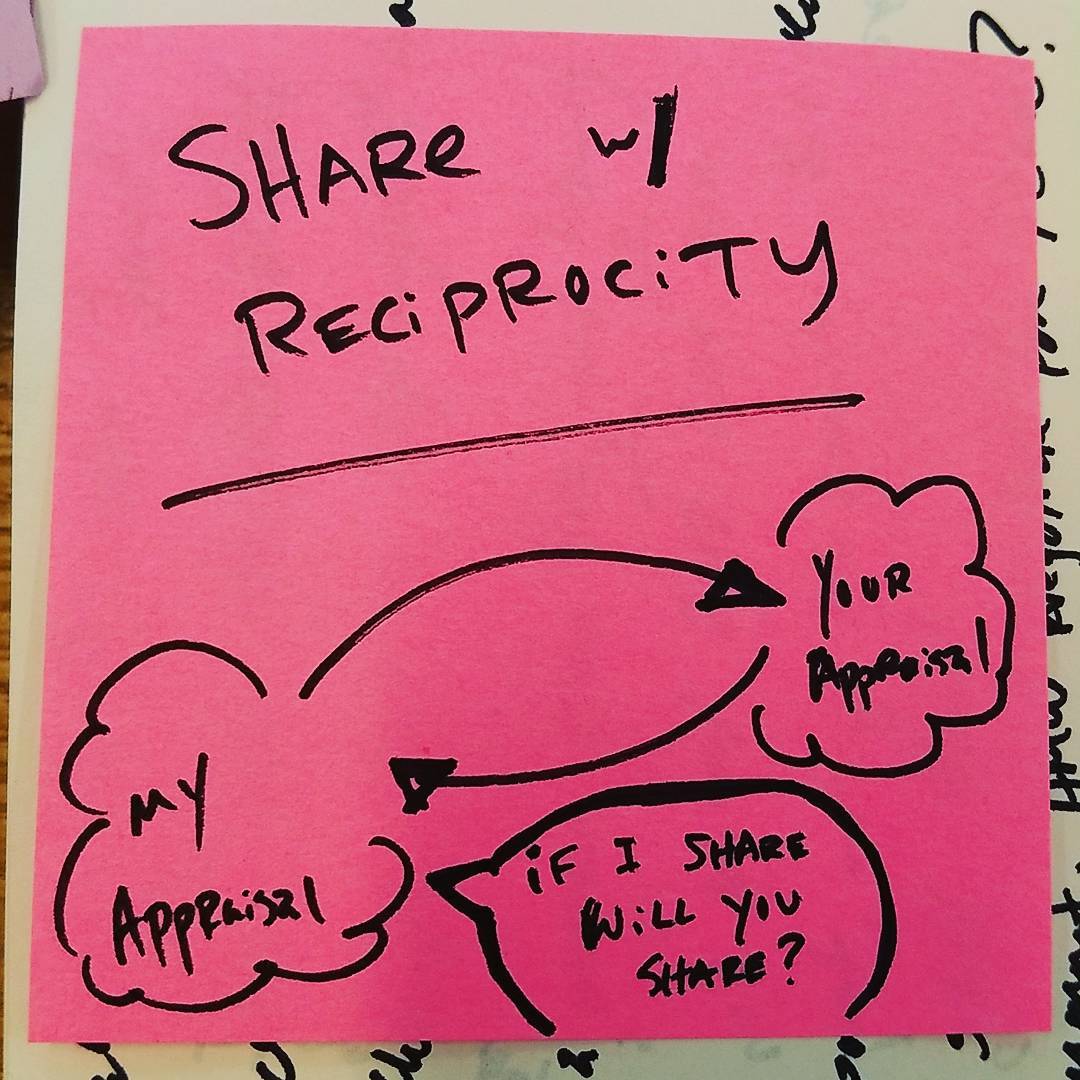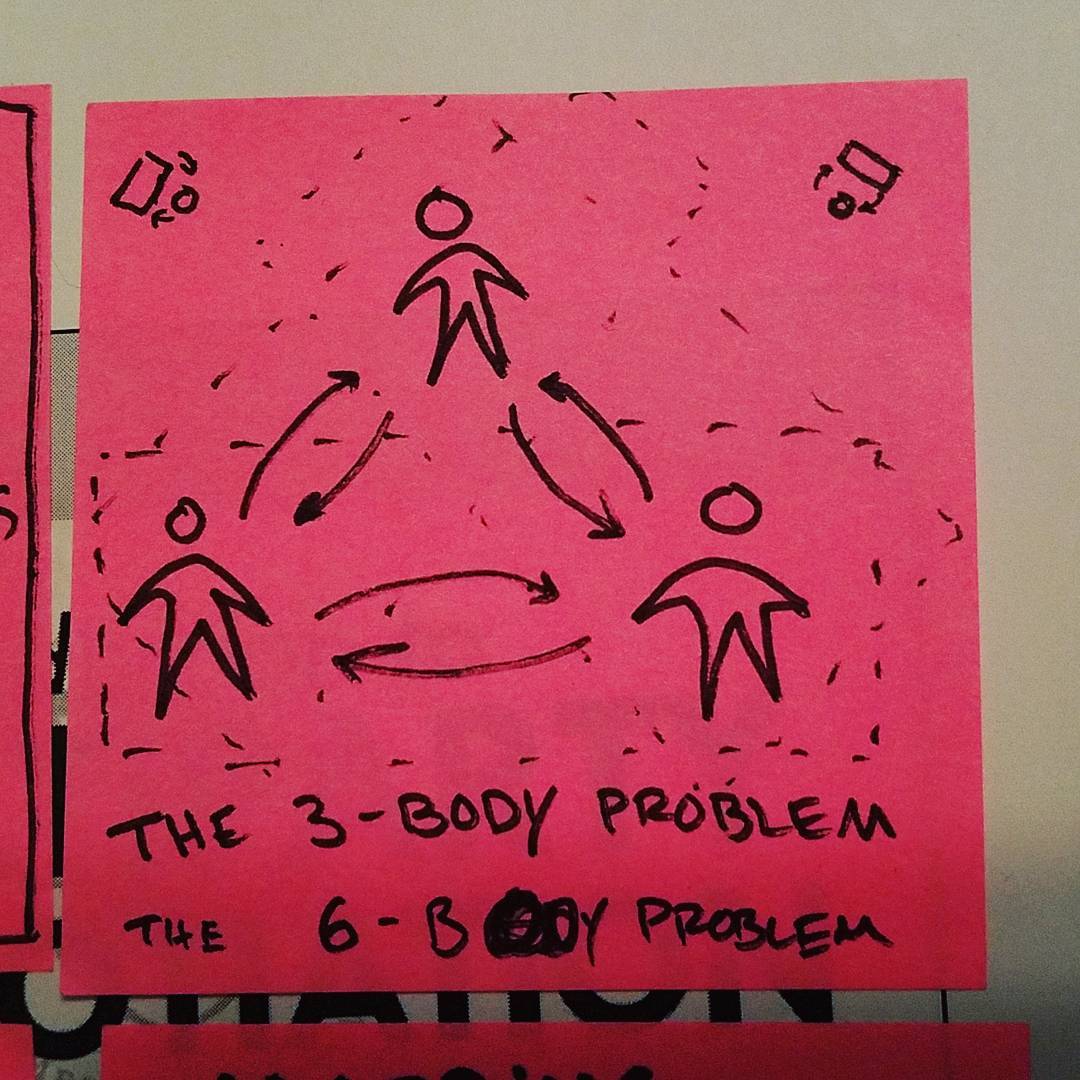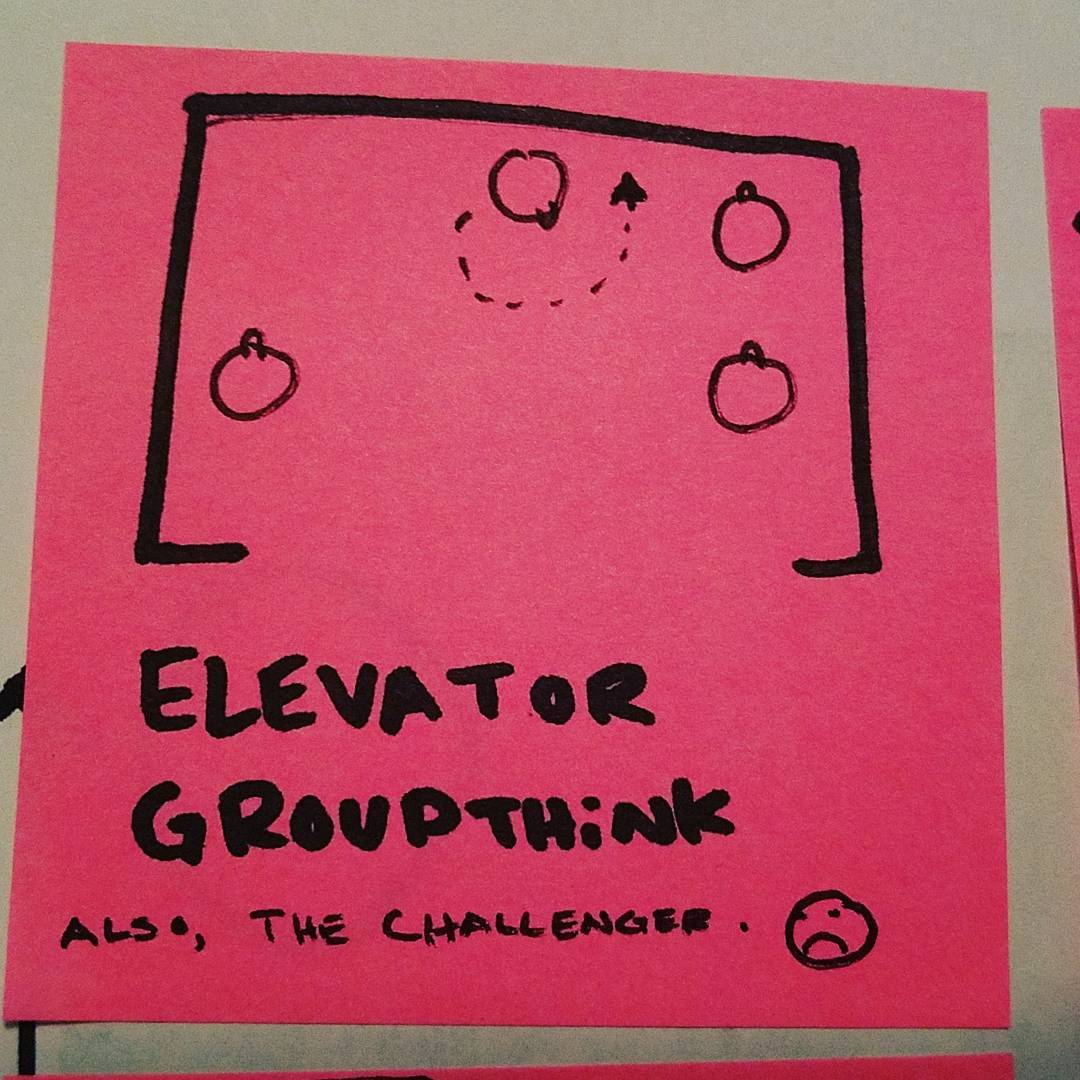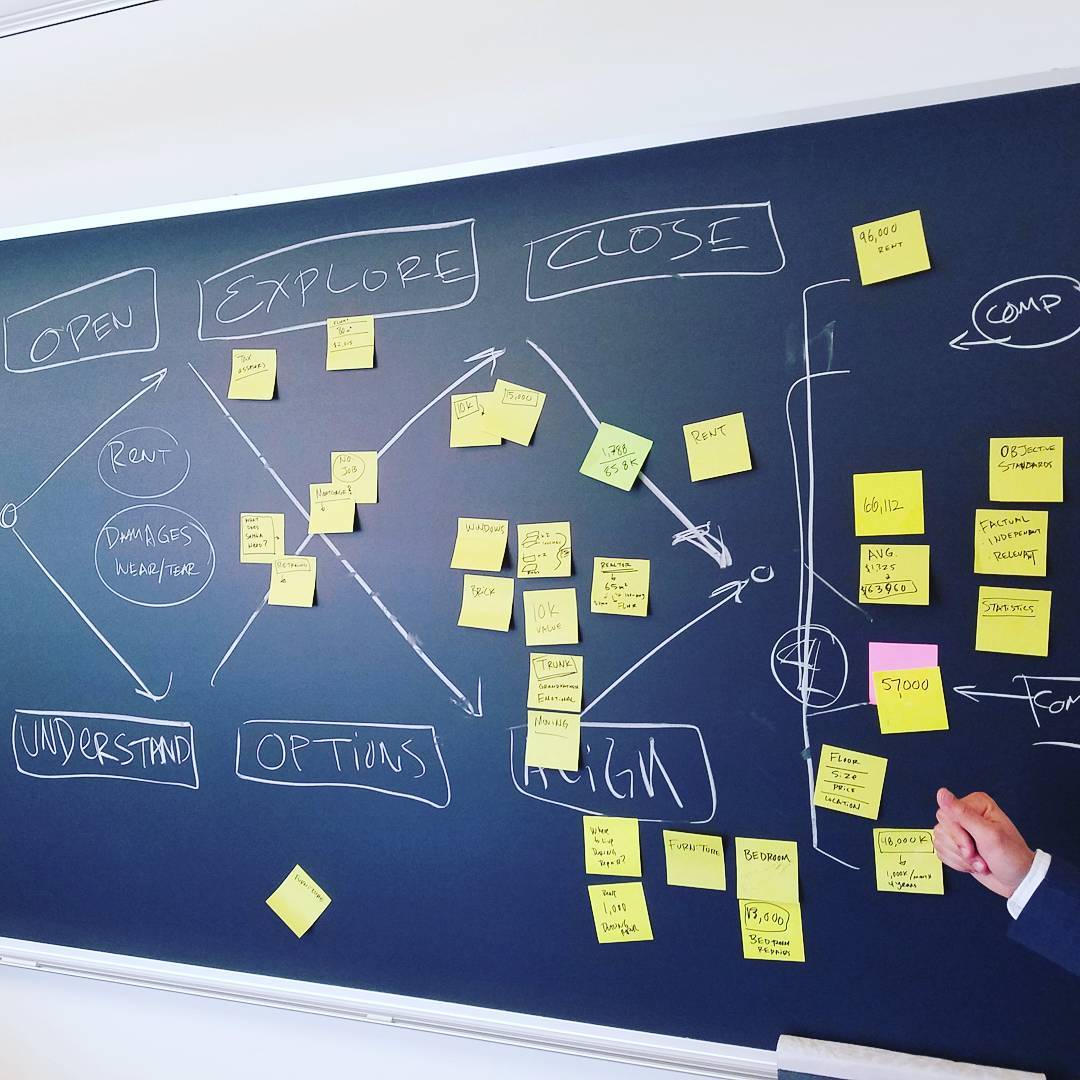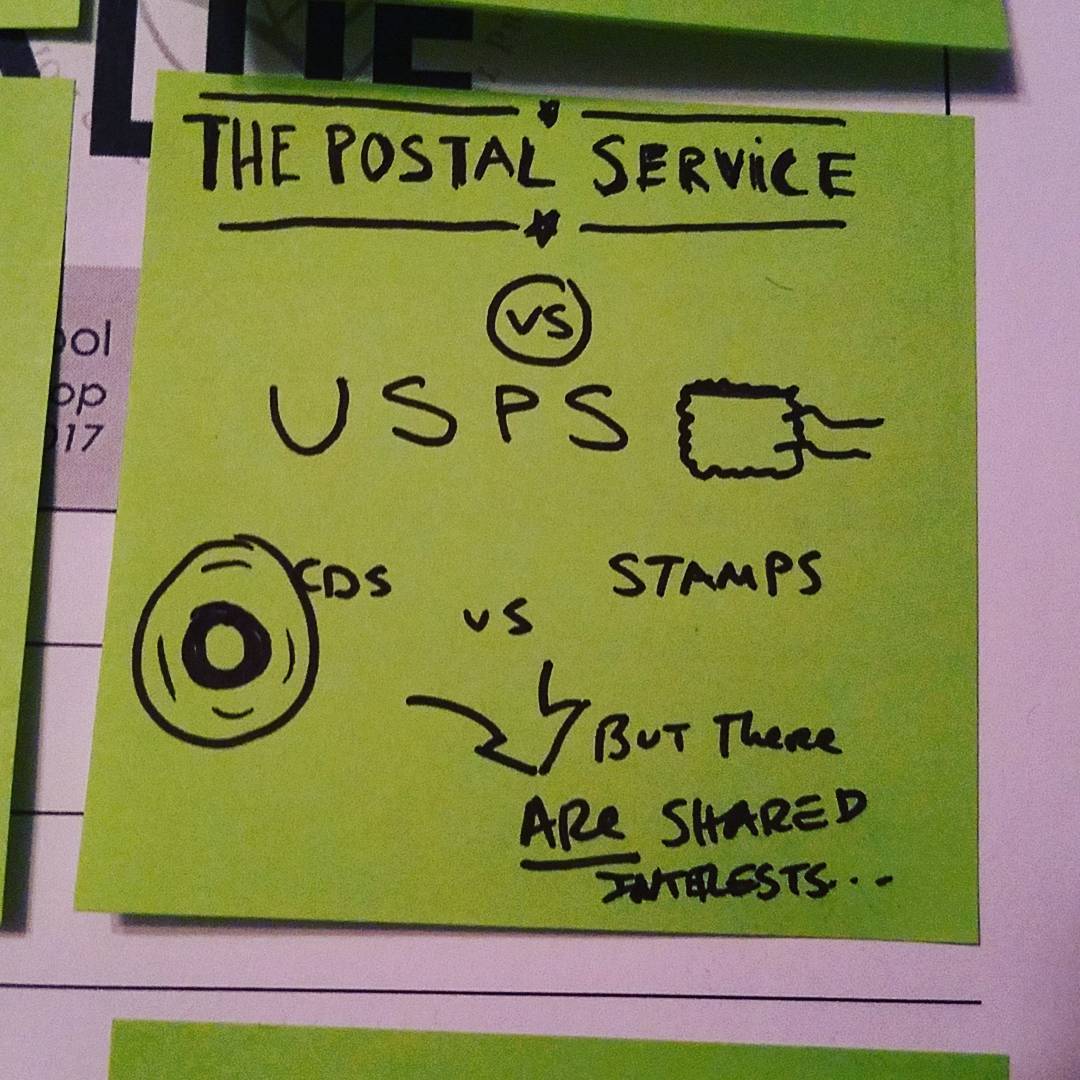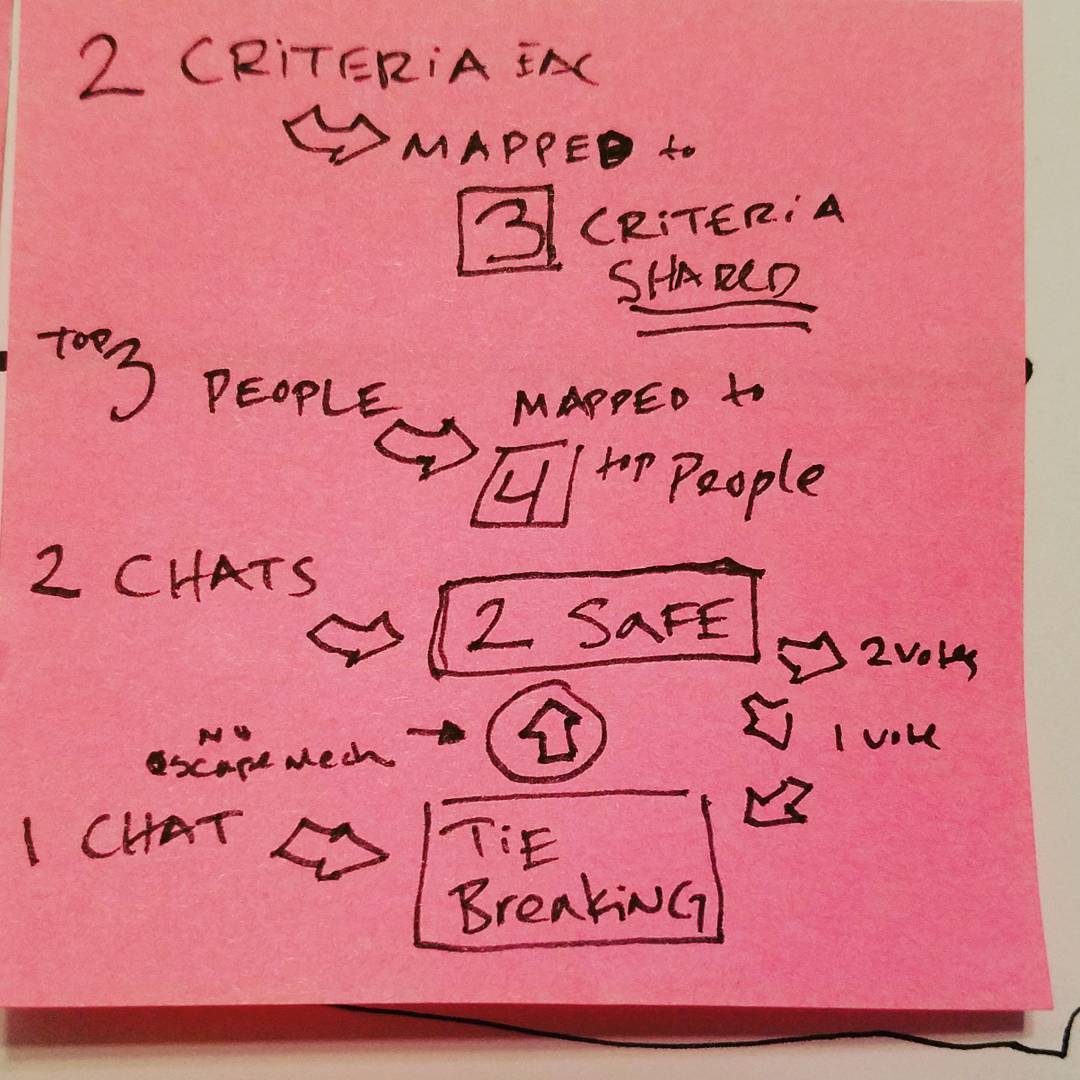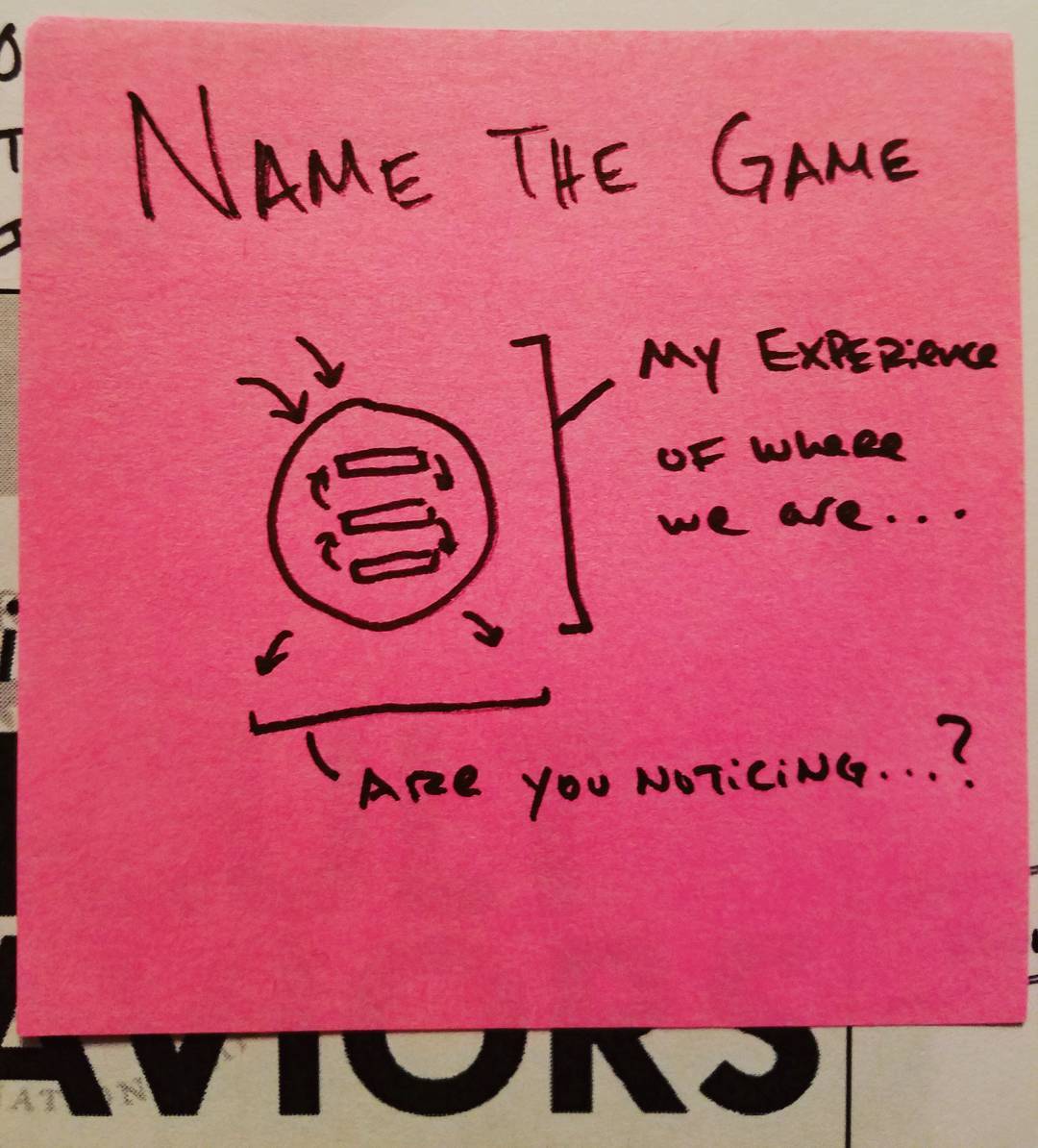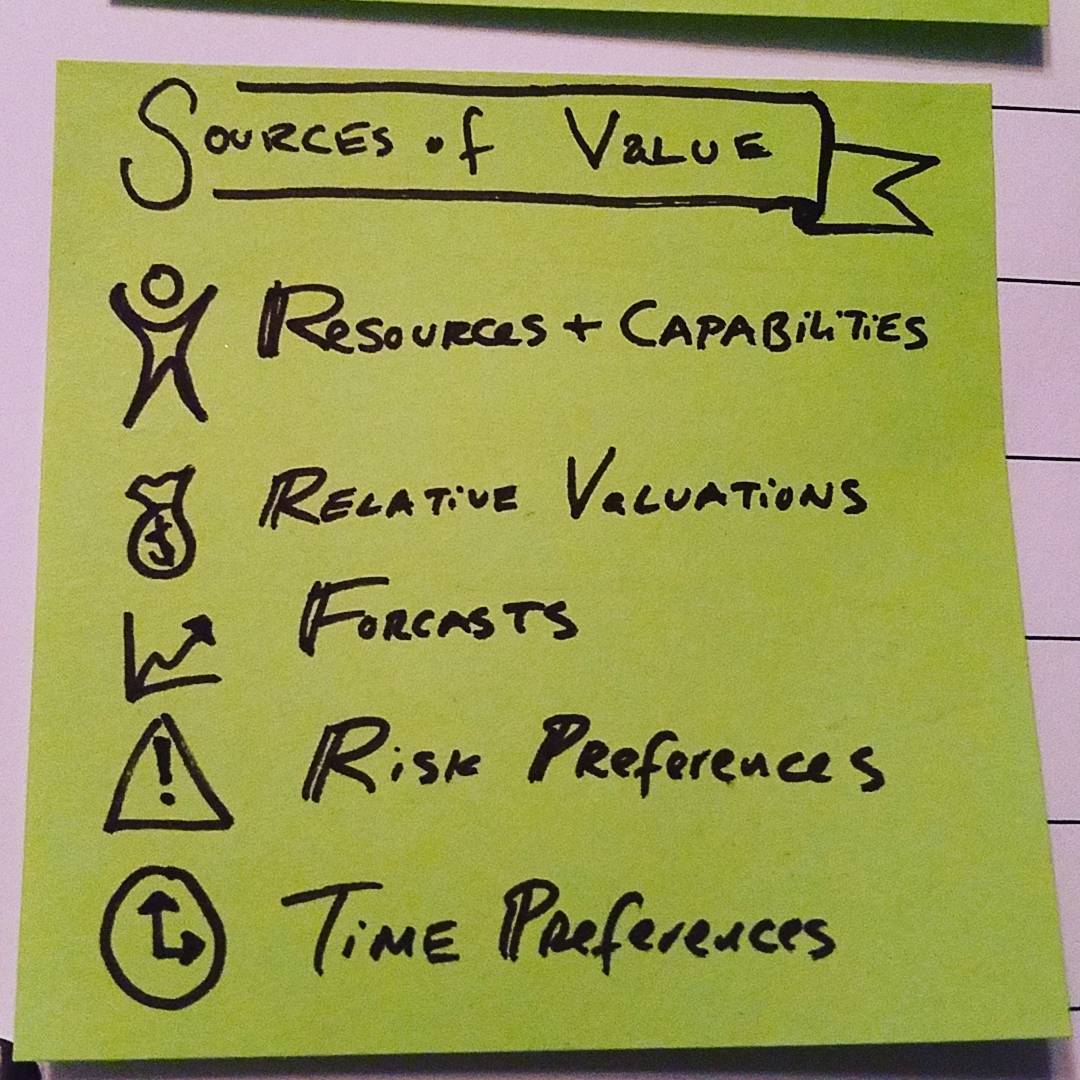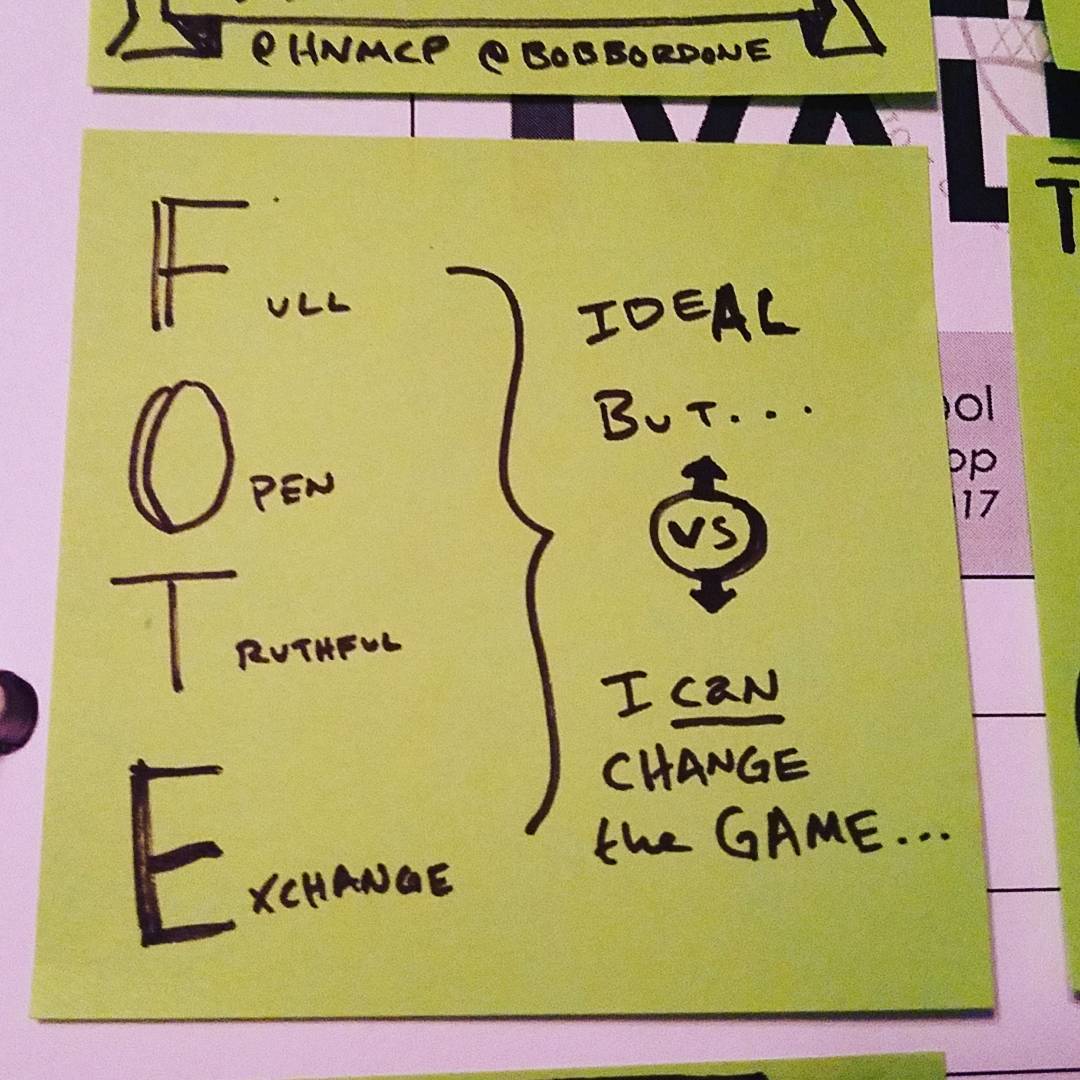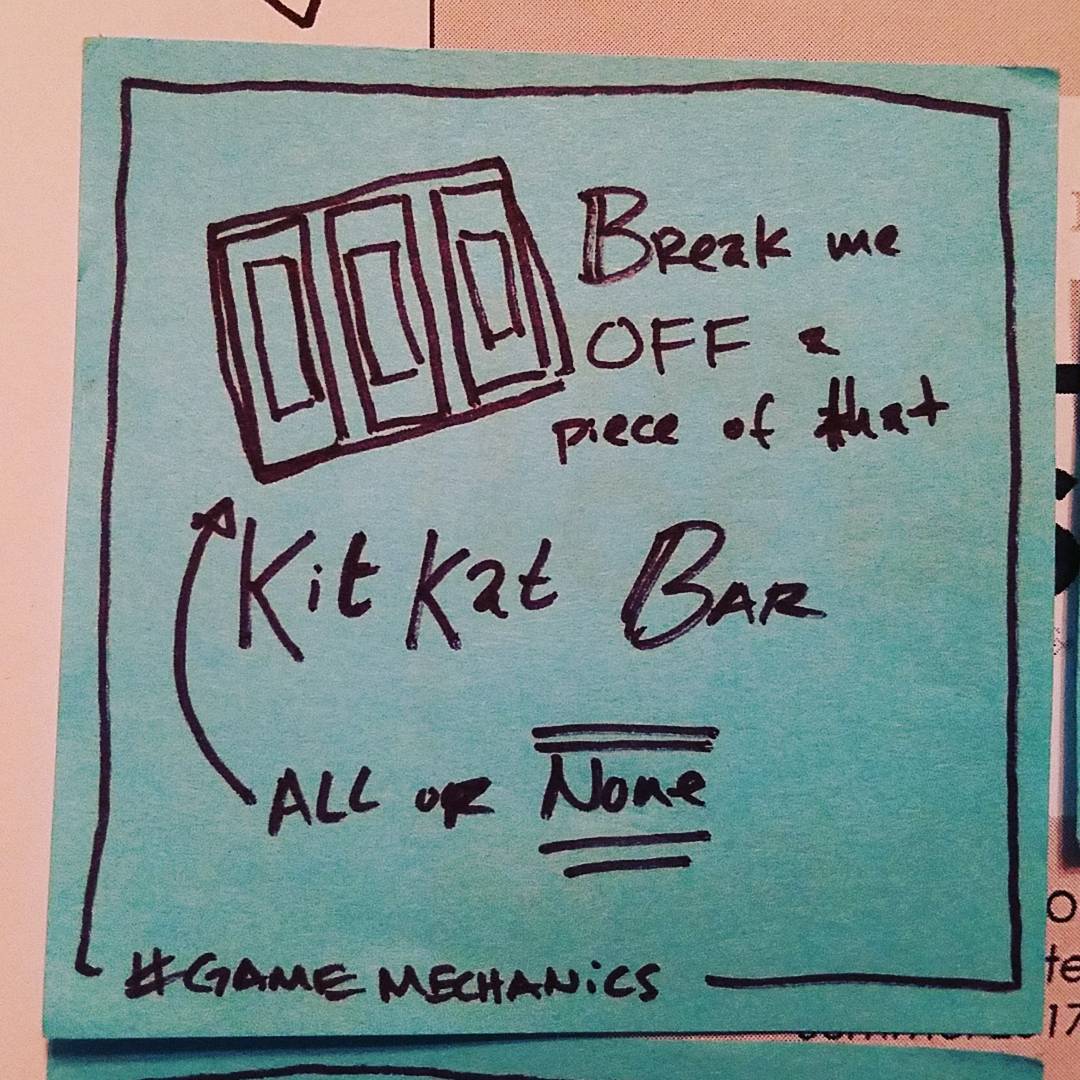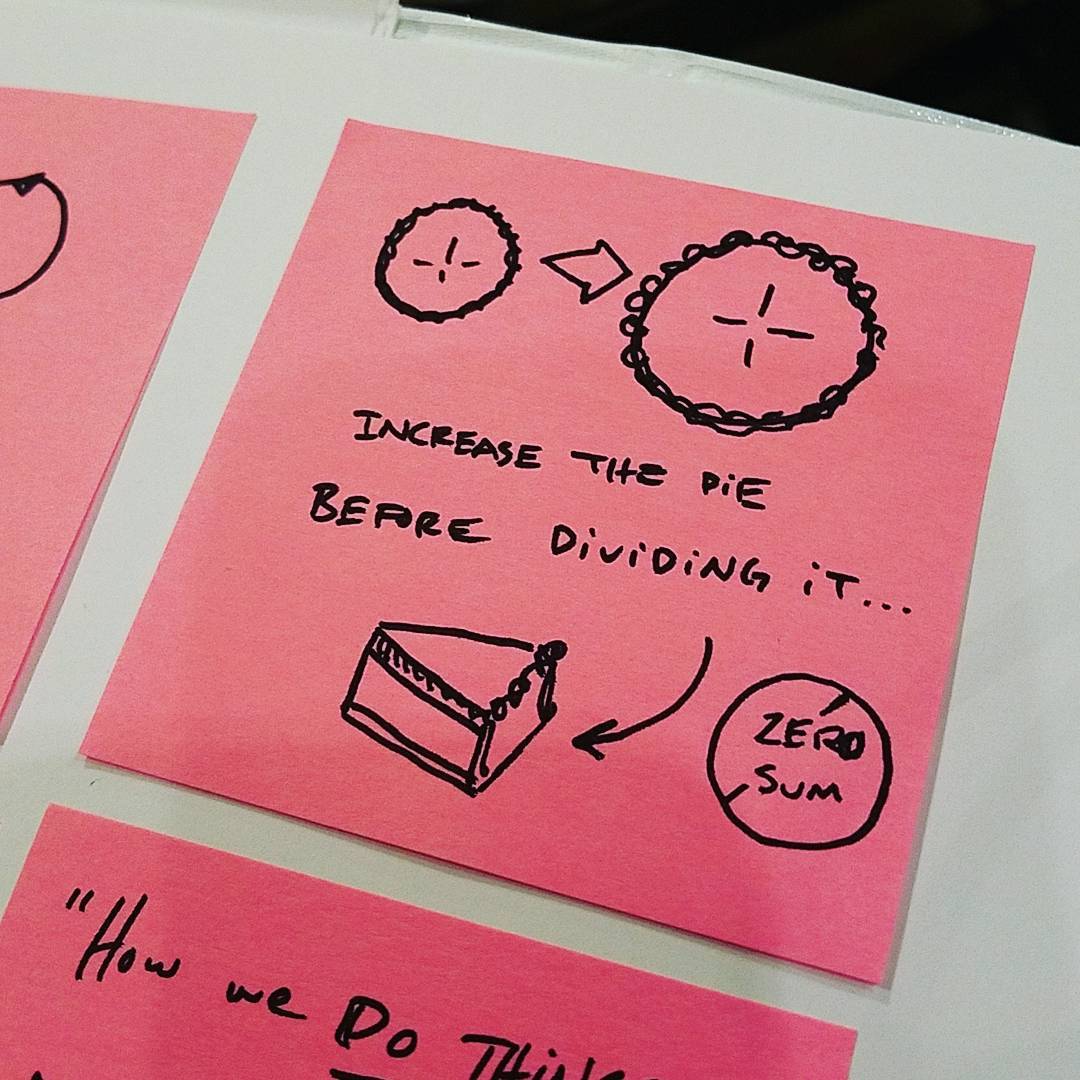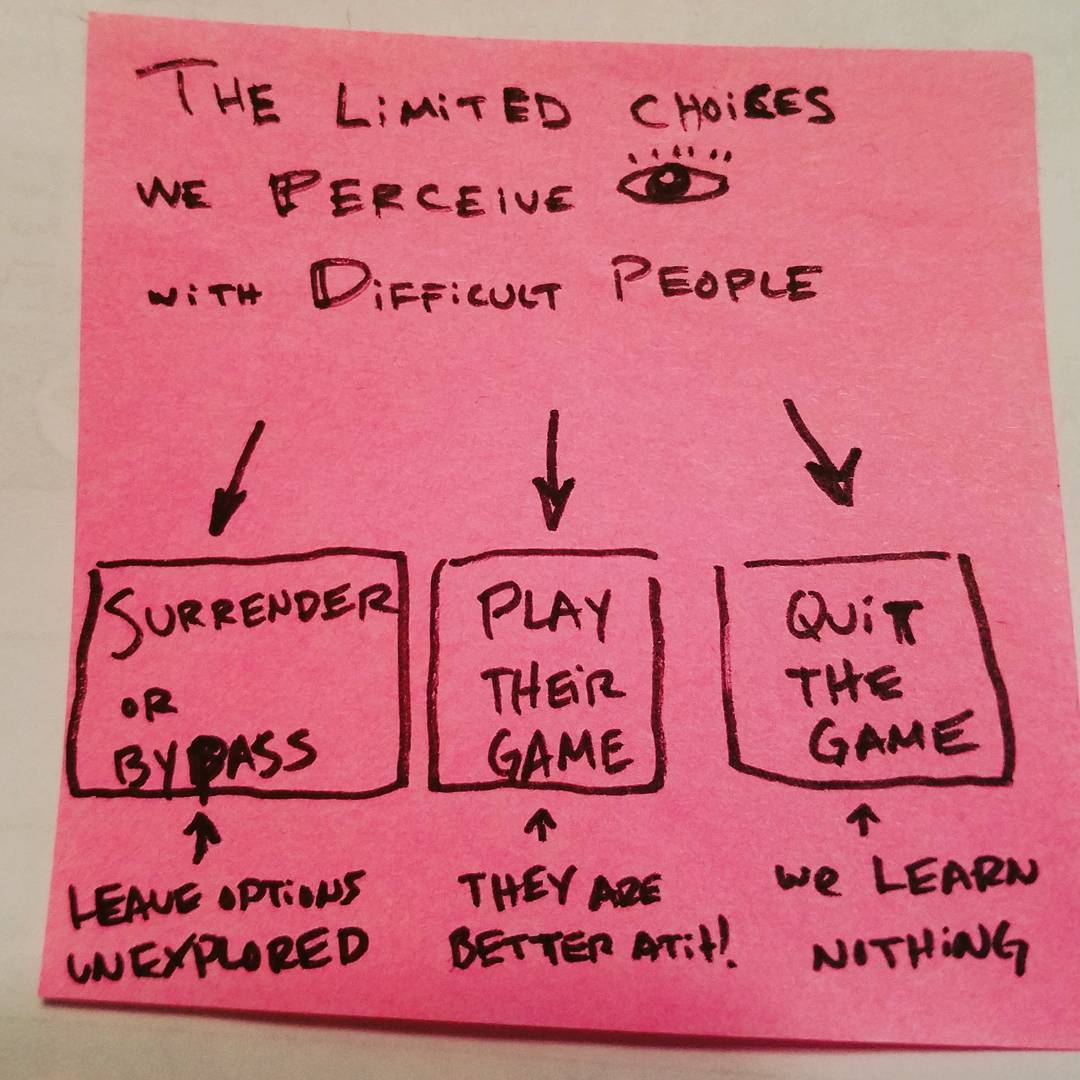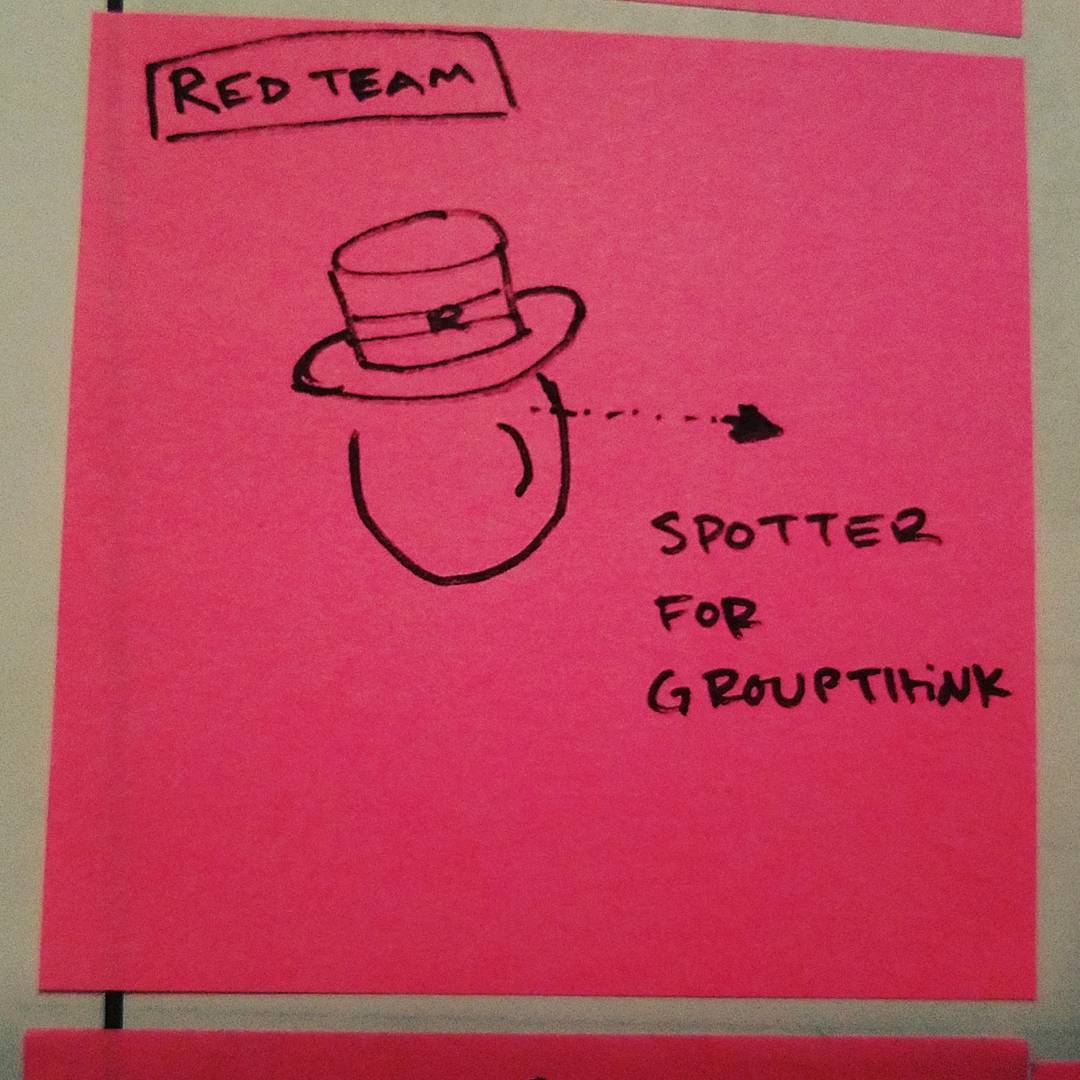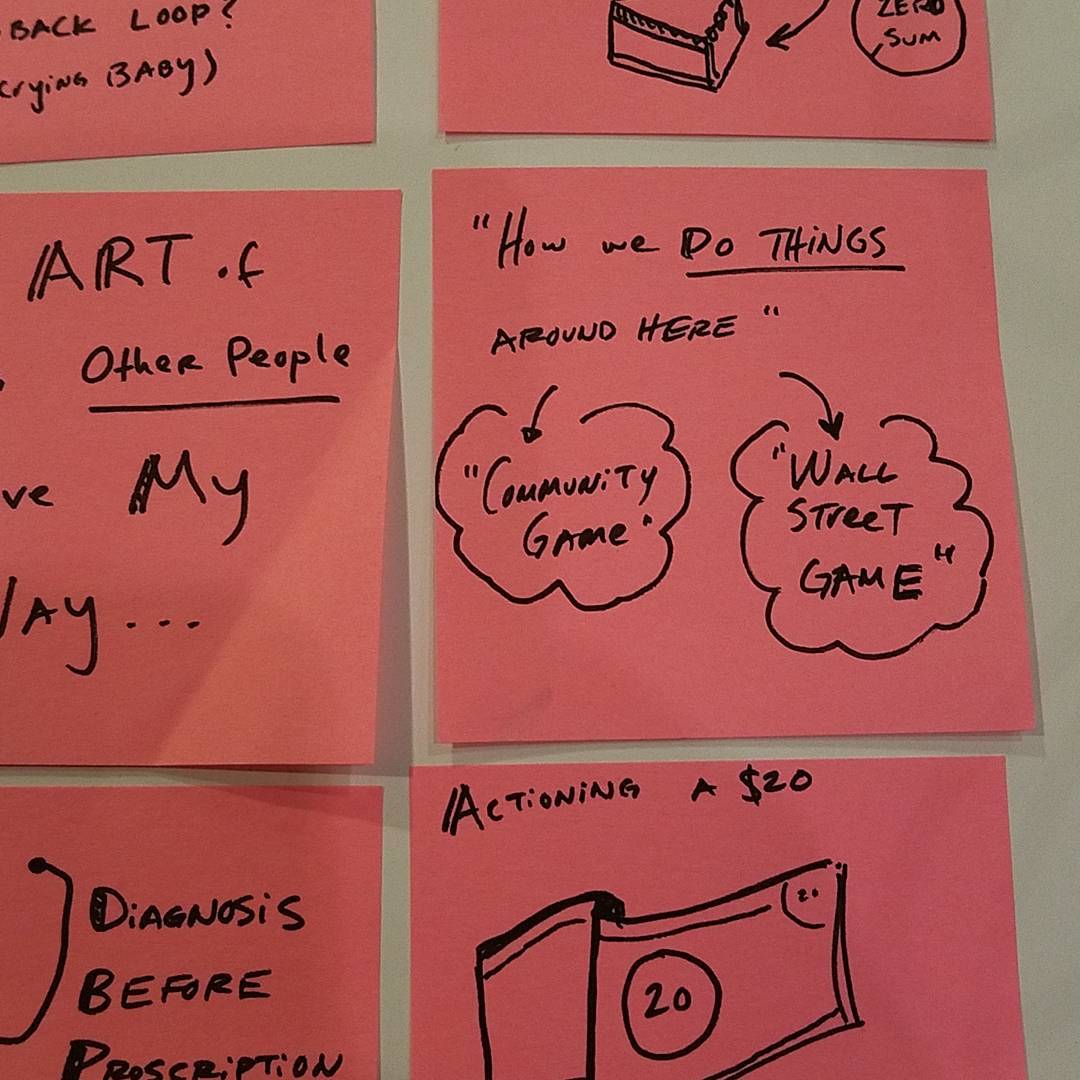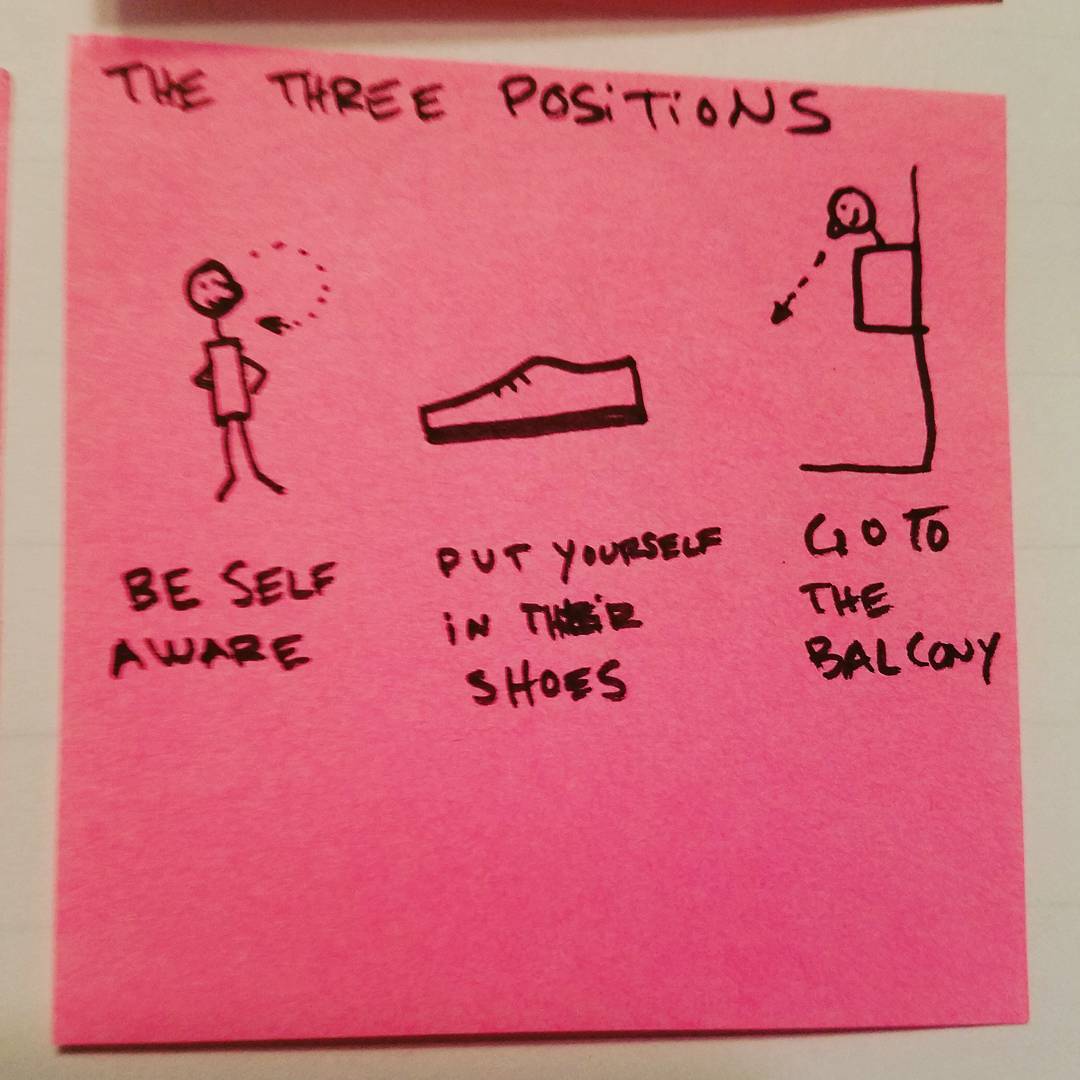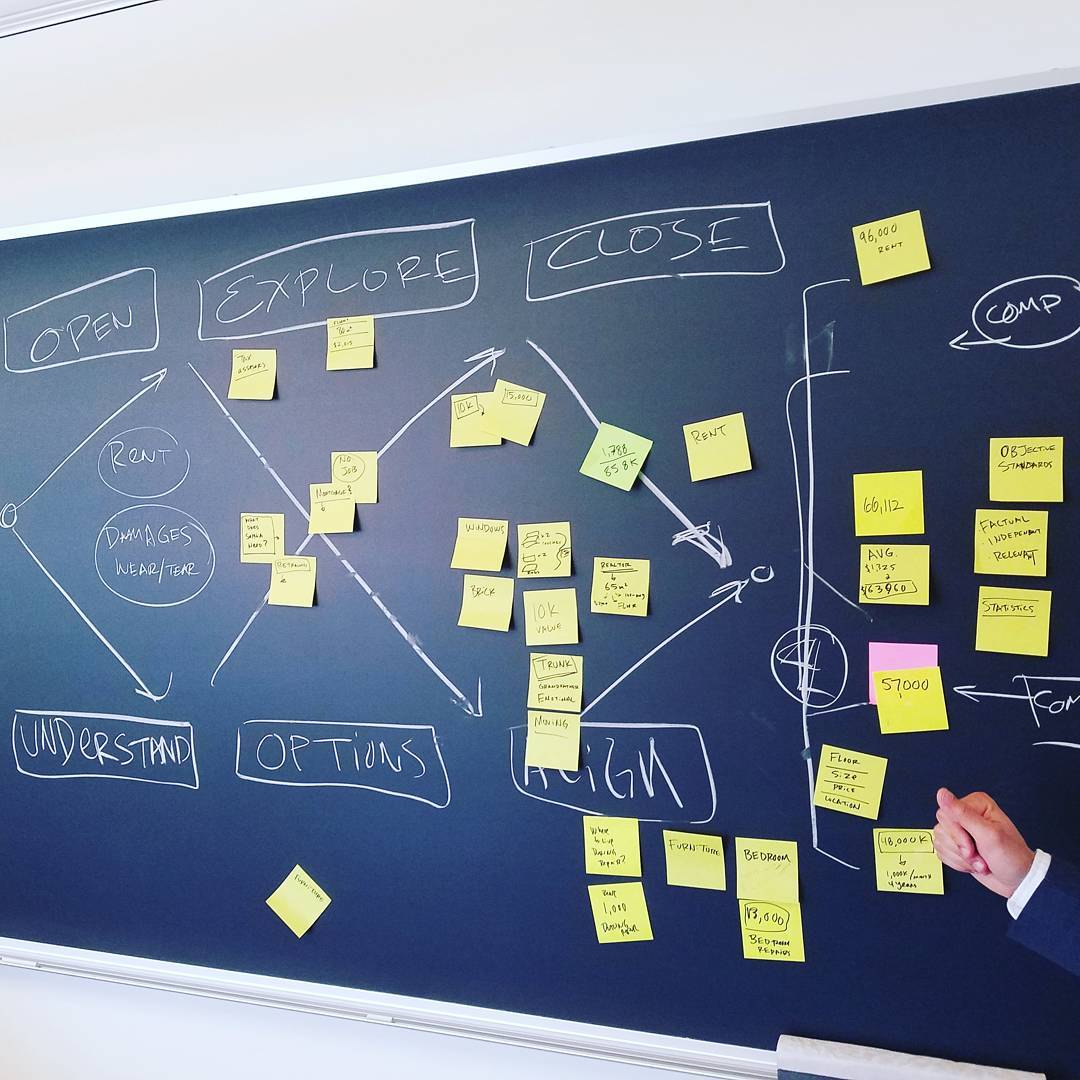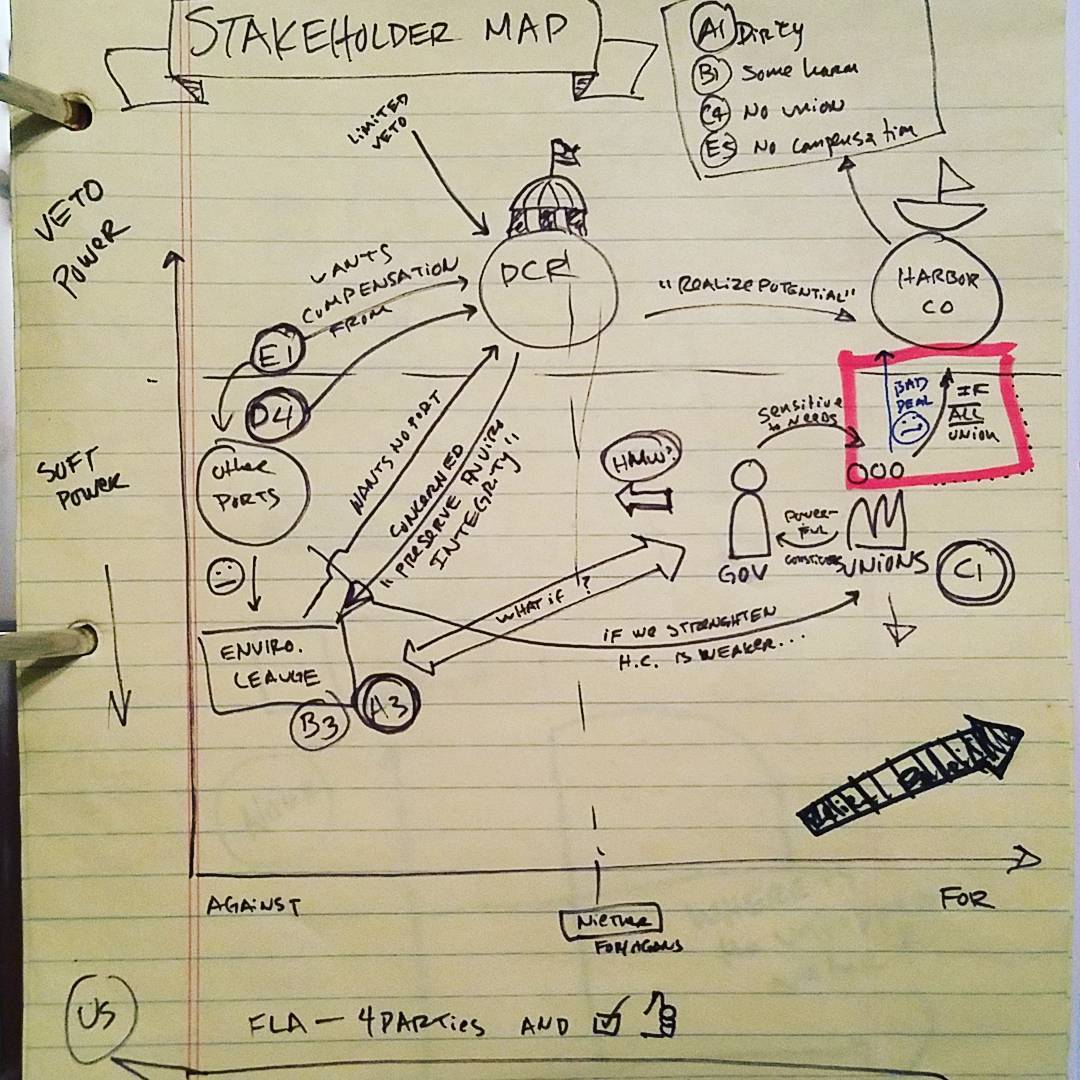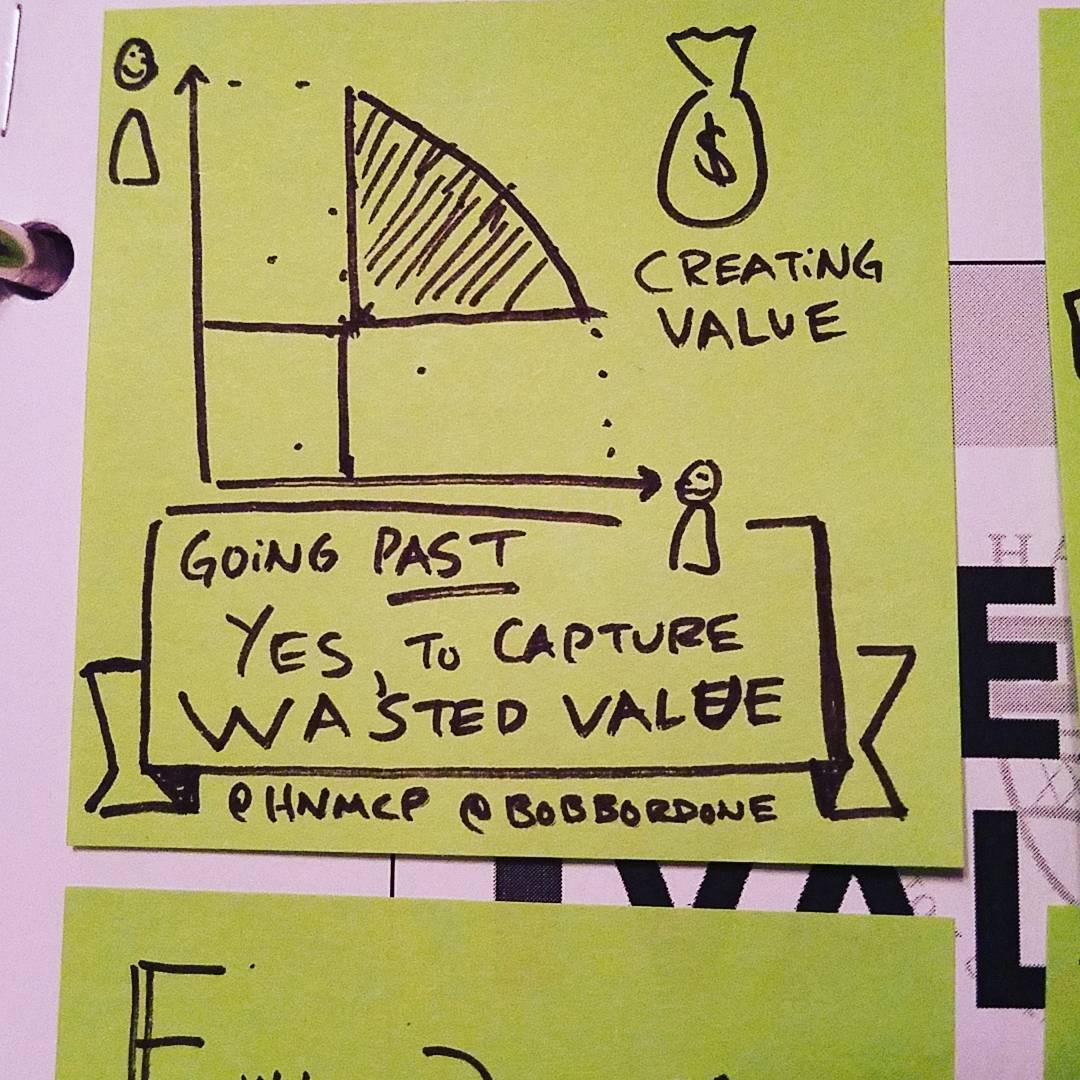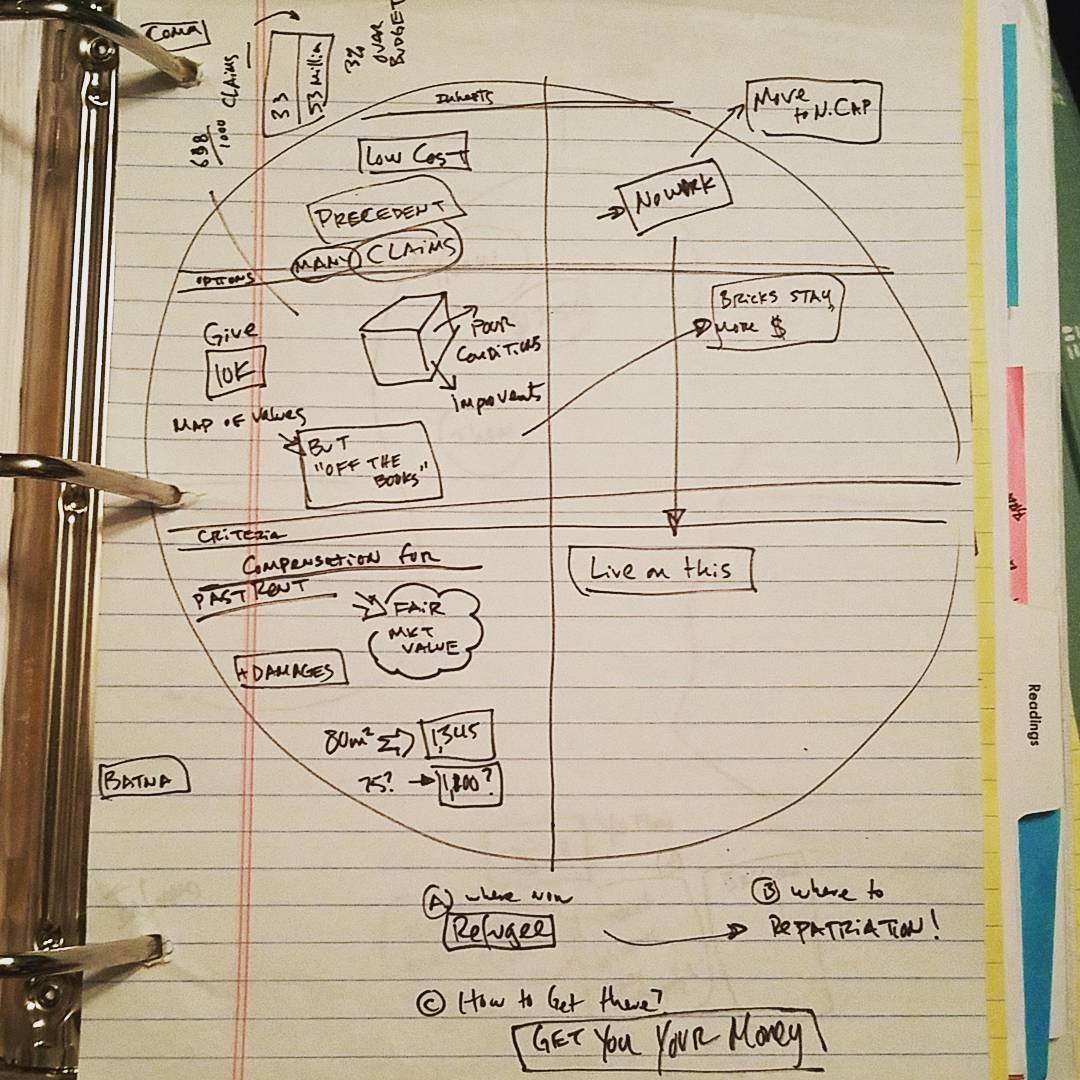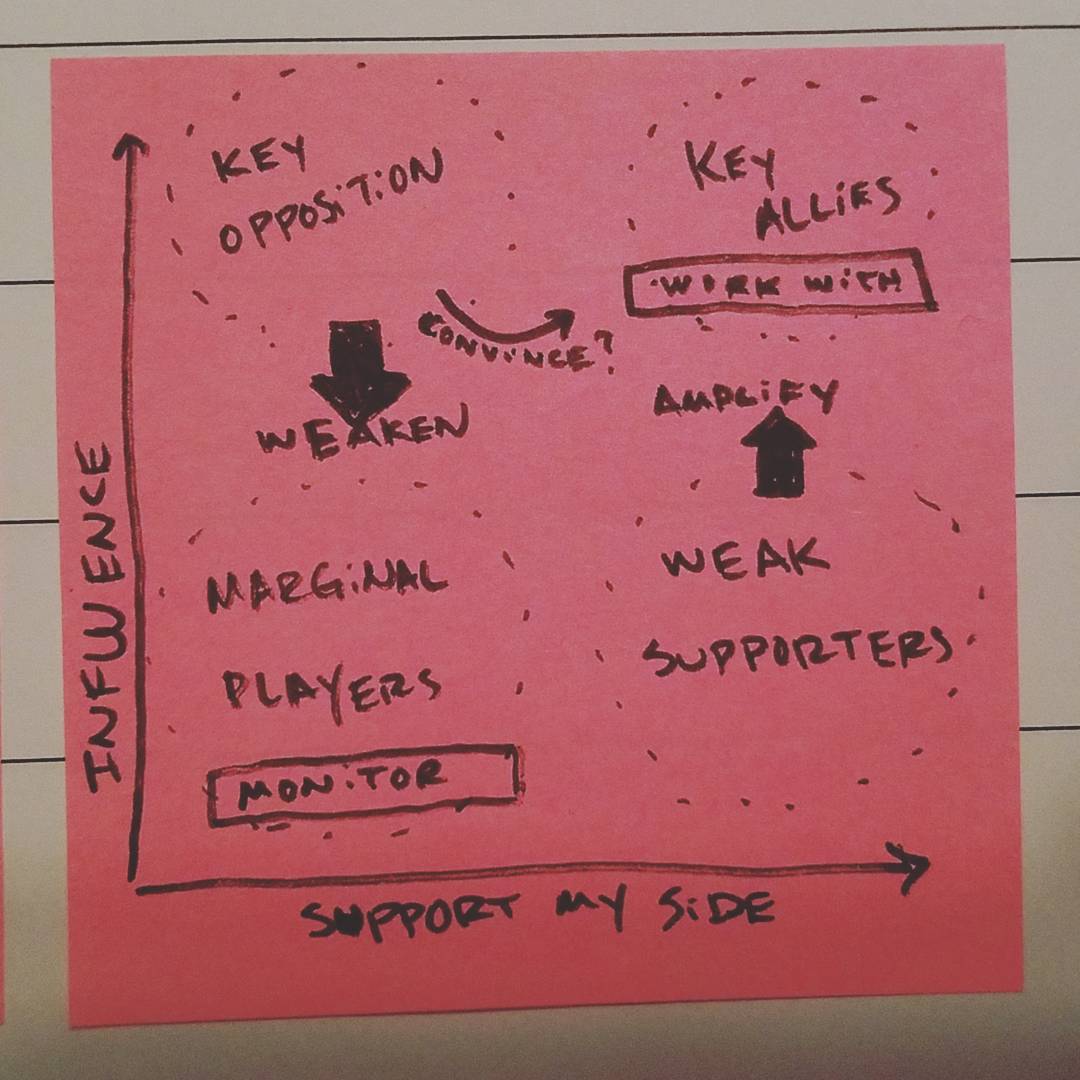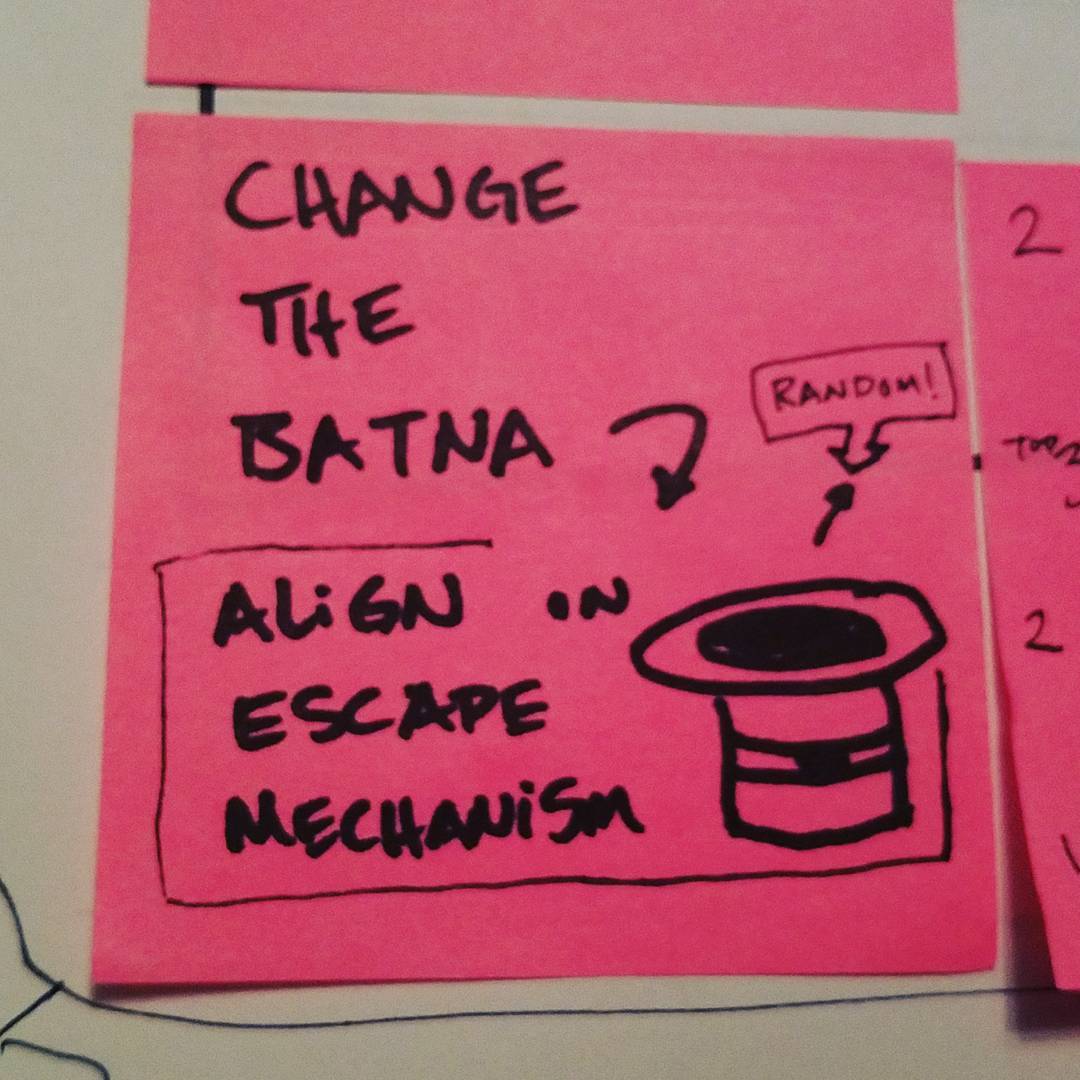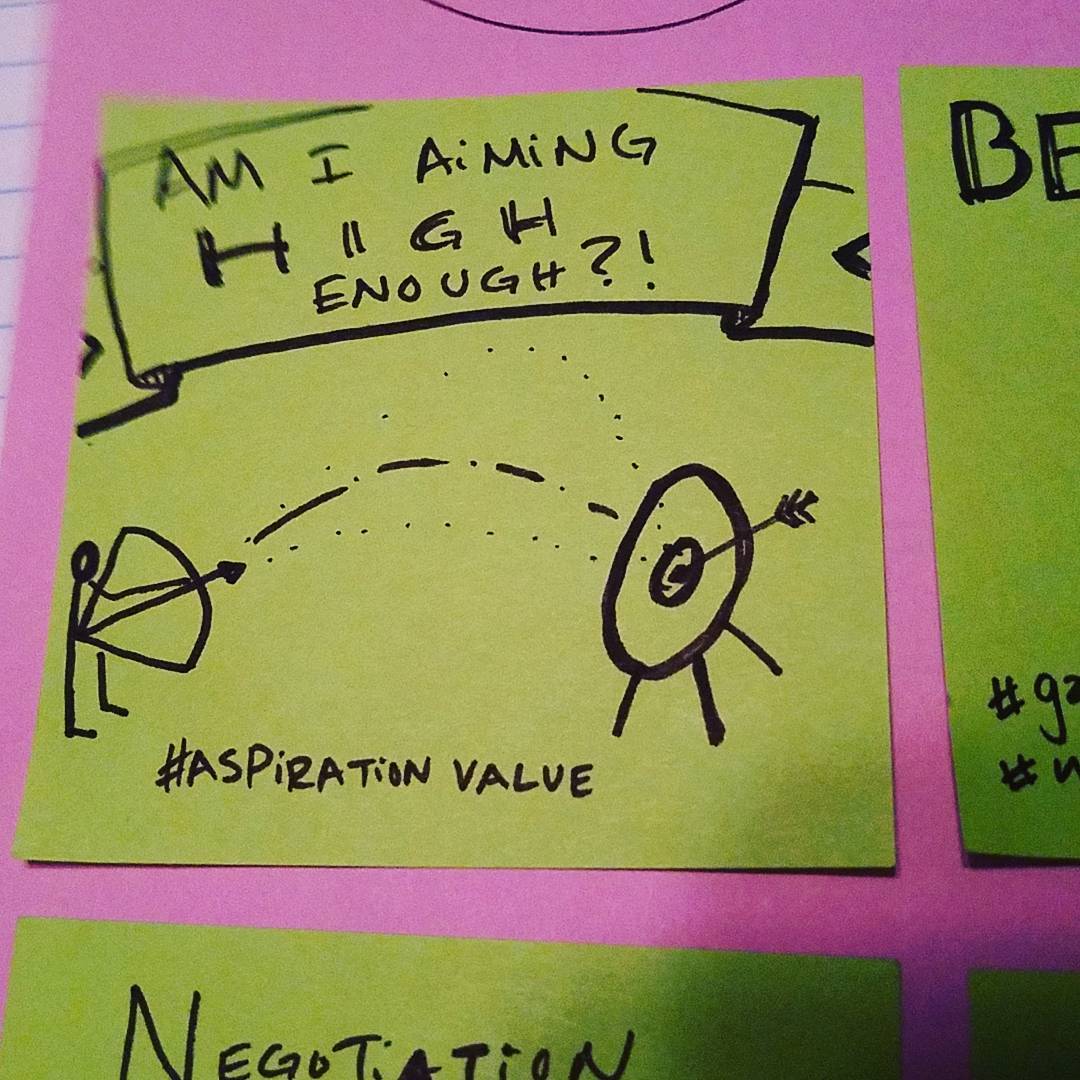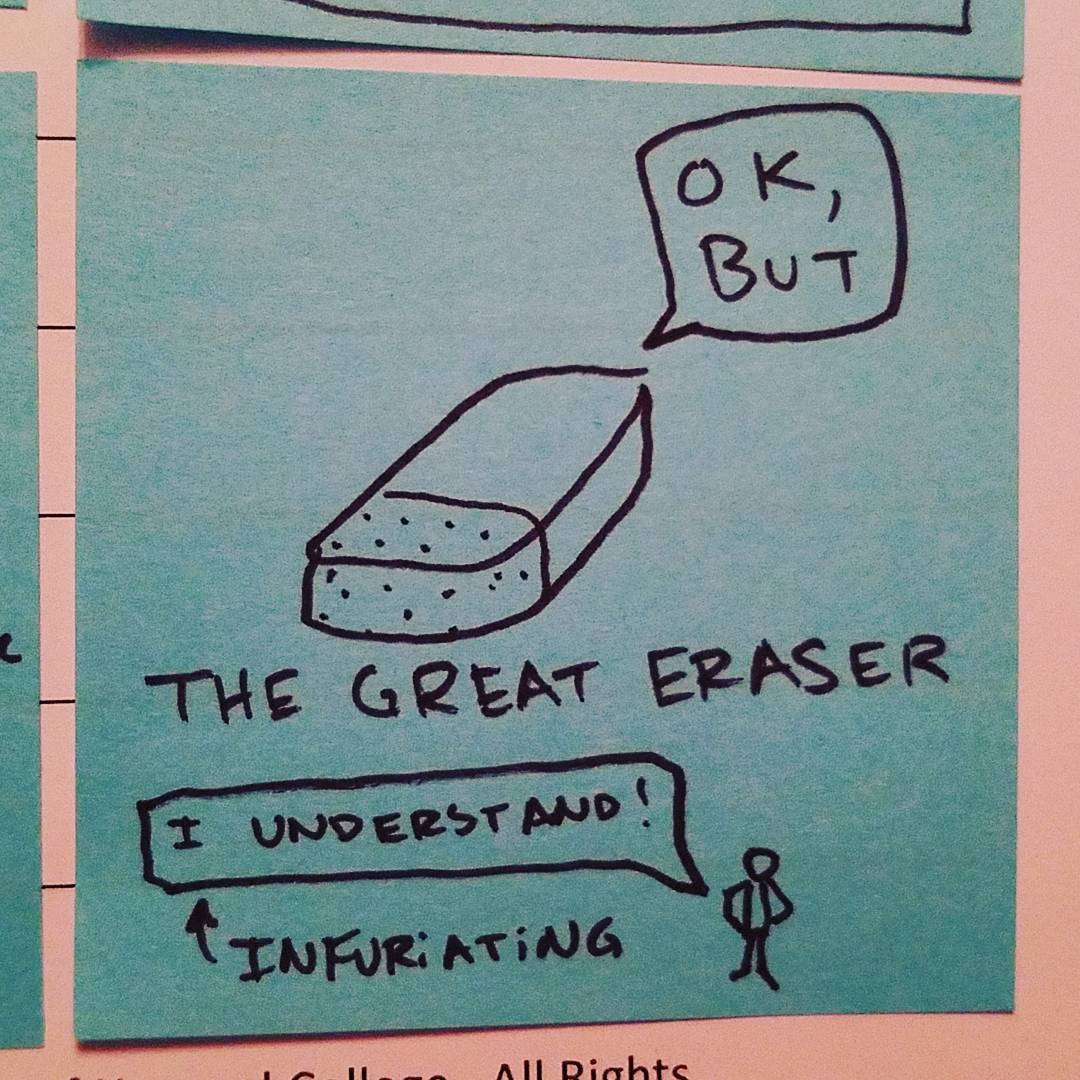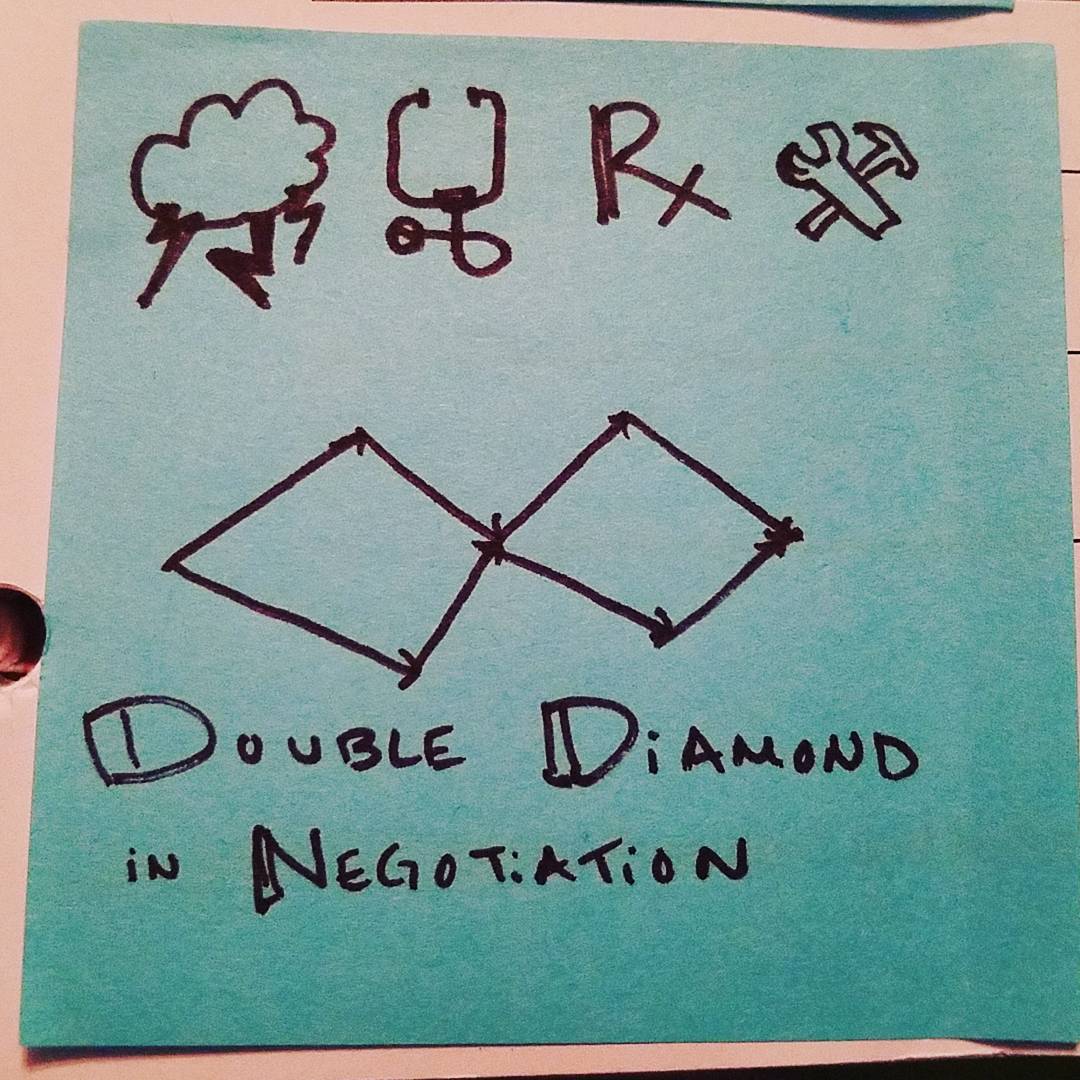When I look back at the way, way too many Instagram photos I posted during my week at Harvard's Program on Negotiation, I'm left with a sense of awe and gratitude. If you take a listen to episode two, you can hear me getting a solid tip to take the workshop from Leland Maschmeyer, a very smart dude and chief creative officer at Chobani. When someone like that tells you that this class is the best, most worthwhile he's ever taken, you listen. It was *still* hard to take time and money to go. I'm seeing this now with my upcoming Facilitation Masterclass that I'm co-hosting with Think Clearly's Mathias Jakobsen. Someone just canceled their attendance due to a client workshop coming up! I get it. I told my biggest client that I was taking the workshop at Harvard and to not even *tell* me about anything that might pop up that week. I didn't want to get FOMO.
I couldn't know, wouldn't have guessed that my experience as a design thinker and facilitation coach could have prepared me well for my experience at Harvard, or that there would be so much overlap in the Program on Negotiation's approach and the design thinking approach to empathy, active listening, co-creation and ideation. I didn't even think that negotiators cared about that stuff. Robert Bordone, my professor, turned out to be a kindred spirit. And while some of my negotiation counterparts during the training felt that my drawing, colorful post-its and whiteboard use was weird, Bob got it and loved it. We've been talking for months now about how to combine our offerings into something fun and exciting!
Robert Bordone is the Thaddeus R. Beal Clinical Professor of Law at Harvard Law School and the Founding Director of the Harvard Negotiation & Mediation Clinical Program. He teaches several courses at Harvard Law School including the school’s flagship Negotiation Workshop. Bob also teaches in the Harvard Negotiation Institute and the Harvard Program on Negotiation’s Senior Executive Education seminars.
As a professional facilitator and conflict resolution consultant, Bob works with individual and corporate clients across a spectrum of industries. He specializes in dispute systems design and in assisting individuals and groups seeking to manage conflicts in highly sensitive, emotional, or difficult situations.
Negotiation in our culture is a bad or fraught word: it makes people anxious. We see negotiations as win/lose, contentious. That's a misunderstanding. It doesn't have to be win lose. Bob sees negotiation as a creative act that generates possibilities and that can create new value.
I took away three big Insights from our conversation.
1. Perspective Taking: FROM THE "OTHER SIDE" and The BALCONY
You *must* take the perspective of the "other side". The "untrained" negotiator only asks their counterpart questions about their interests and preferences 7% of the time. Finding more about *why* people want what they want is the key to great negotiations. Before you even get into the room, you need to spend half of your prep time thinking, not about what you want and think you can or should get, but what the other person thinks *they* can and should get and why. That's why I made my 1-pager negotiation prep sheet, which synthesizes and summarizes the key elements I learned. It's divided down the middle to remind me to take that time and think one-to-one on all aspects of a solid negotiation preparation. You can download that in the show notes.
Bob also talks about going "to the balcony" to look at the whole situation from an outside perspective, which can be very powerful.
2. Move from Negotiation to Conversation
When you find the points of difference in criteria, interests and positions, the negotiation doesn't have to devolve into conflict. You differ. Congratulations! You've identified a dilemma, a core issue. You can call that difference out, and ask "How might we close the gap in our positions?". Then, you can negotiate about the negotiation. You can discuss the differing positions, and lay them all out. The fresh air and sunlight will only help make the process more enjoyable and productive. Don't be afraid of the conflict. Name the game, and find a new way to play it.
3. Generate options WITH GENEROUS QUESTIONS
If you can frame the core conflict with an opening, welcoming question, you and your counterpart can generate multiple potential solutions using many of the tools available in the Design Thinking canon. Negotiating about the process can be a lot easier than deciding the issue. A fair process is easy to choose. A fair outcome is then a lot easier to see, even if we don't get everything we want.
So... Enjoy the episode. Bob is a wonderful thinker! You should check out the show notes and watch some of his other lectures online, especially his talk about increasing conflict capacity!
Below are nearly all of the images I scribed during the week. There's a lot!
